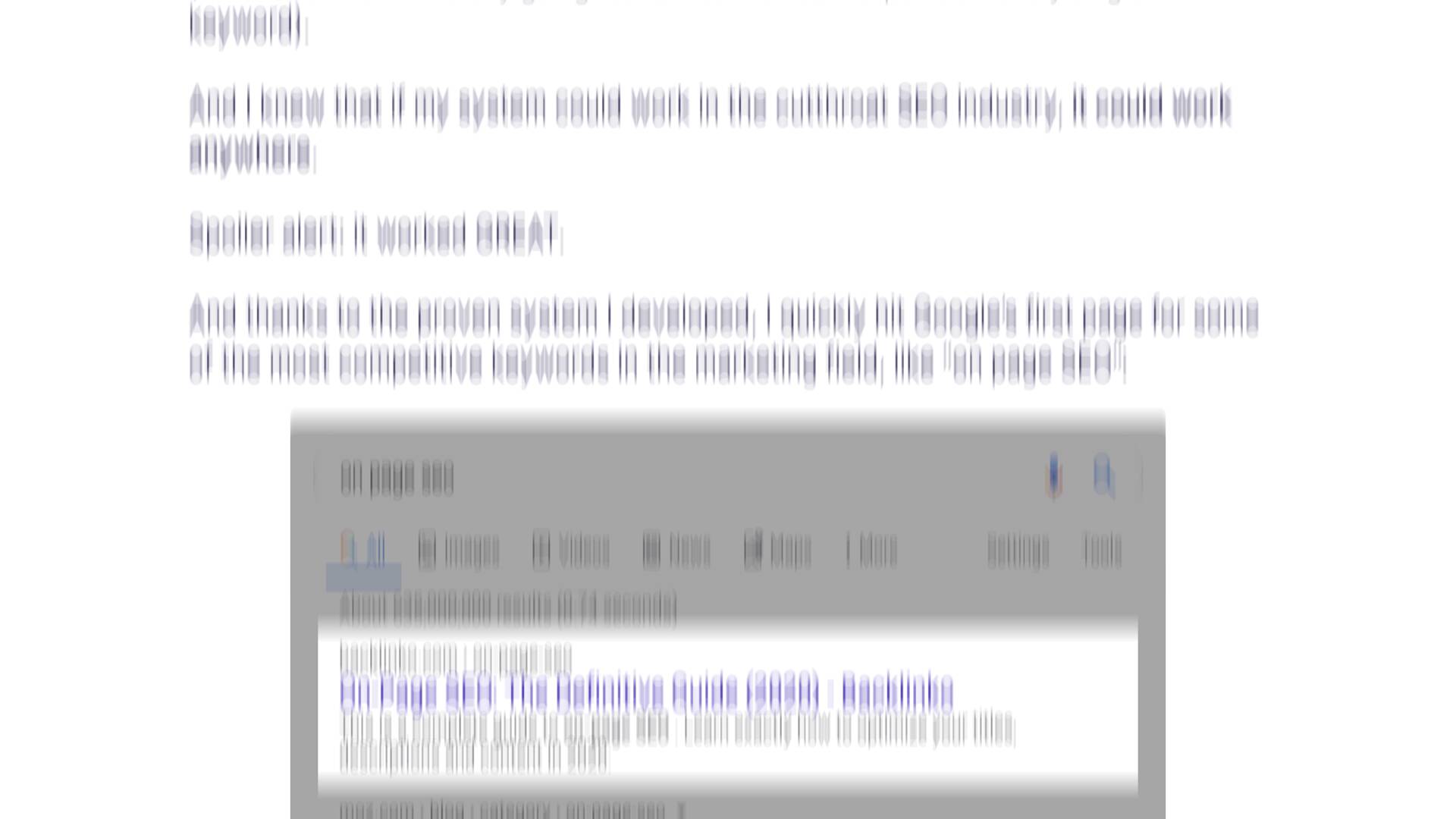A Complete B2B SEO Strategy
Written by Brian Dean

Today you’re going to see exactly how to execute a B2B SEO strategy in 2024.
I’ve personally used the steps in this post to grow my B2B company’s website to over 360,408 search engine visitors per month.

And in this post you’ll learn:
- How B2B SEO works
- How SEO for B2B is different than B2C
- How to create content that turns into leads
- Unique backlink opportunities for B2B businesses
- Lots more
Let’s get started.
What Is B2B SEO?
B2B search engine optimization (SEO) is a digital marketing strategy designed to help B2B website pages rank higher in search engines, like Google and Bing. Unlike SEO for B2C, SEO in the B2B world tends to focus on keywords that key decision-makers within companies search for while at work.
B2B SEO vs. B2C SEO
Is SEO in B2B different than B2C?
Kind of.
When it comes to Google’s actual ranking factors, SEO in B2C is exactly the same as B2B.
In other words: there’s no “B2B algorithm”. Or any special steps that B2B sites need to rank in Google.
And the same SEO best practices that apply to B2C also apply to B2B.
But in practice, B2B SEO IS actually very different.

In B2B, your target market isn’t typically a broad demographic group (like “new dads” or “people that want to lose weight”).
Instead, you’re usually going after a small group of decision makers at a company.
This could be marketing managers. Or CEOs. Or small businesses looking for new accounting software.
When it comes to SEO, this is a HUGE difference.
For example, B2C sites usually go after keywords that thousands of people search for every month. While you might target a keyword that gets 50 searches per month. Or even 10.
(More on that later.)
Plus, your content marketing is usually going to be super different than in B2C. Posting videos on TikTok might be a great move if you’re in B2C.
But for a B2B site that sells HVAC systems?
Social media probably doesn’t make sense. Instead, you might want to focus your content marketing efforts on blogging and email marketing.
And here are the steps for an effective B2B SEO strategy:
- Step #1: Build Your Decision Maker Persona
- Step #2: Choose Your Bottom of the Funnel Keywords
- Step #3: Find Top of the Funnel Topics
- Step #4: Optimize Your Product and Services Pages
- Step #5: Create an Insanely Valuable B2B Blog
- Step #6: Build Backlinks For Your B2B Website
Step #1: Build Your Decision Maker Persona
HubSpot’s free Make My Persona tool is super helpful for this step.

The goal here is to find out WHO you’re going to target with your SEO.
In B2C, this “who” is pretty straightforward: it’s your customer.
So if you sell tennis shoes, then you’re going to focus your marketing 100% on people that play tennis. Simple.
But in the B2B world, this step is a little bit more complicated. Your target customer isn’t a person. It’s a business.
So you need to figure out WHO inside of that business you need to get in front of. That way, you can figure out what types of things they search for in Google.
(Also known as “keyword research”. Which I’ll show you how to do in the next step.)
Depending on your business, this decision maker could be a product manager, a CFO, or someone that’s in charge of inventory.
The Make My Persona tool can help you create a persona for your target audience.
To use it, you want to give your Persona a name and avatar.
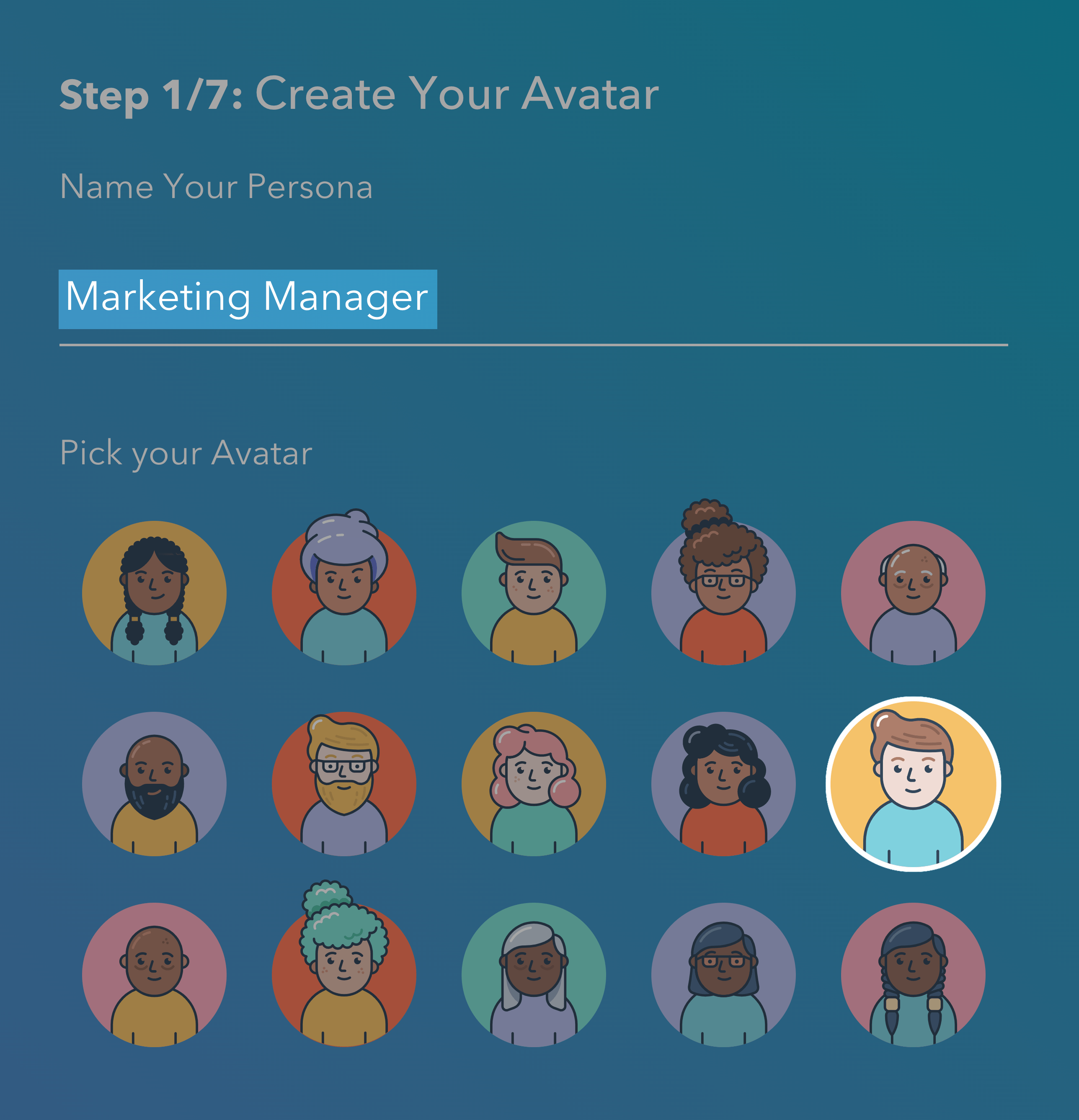
Then, fill in some basic demographic, business and career information.
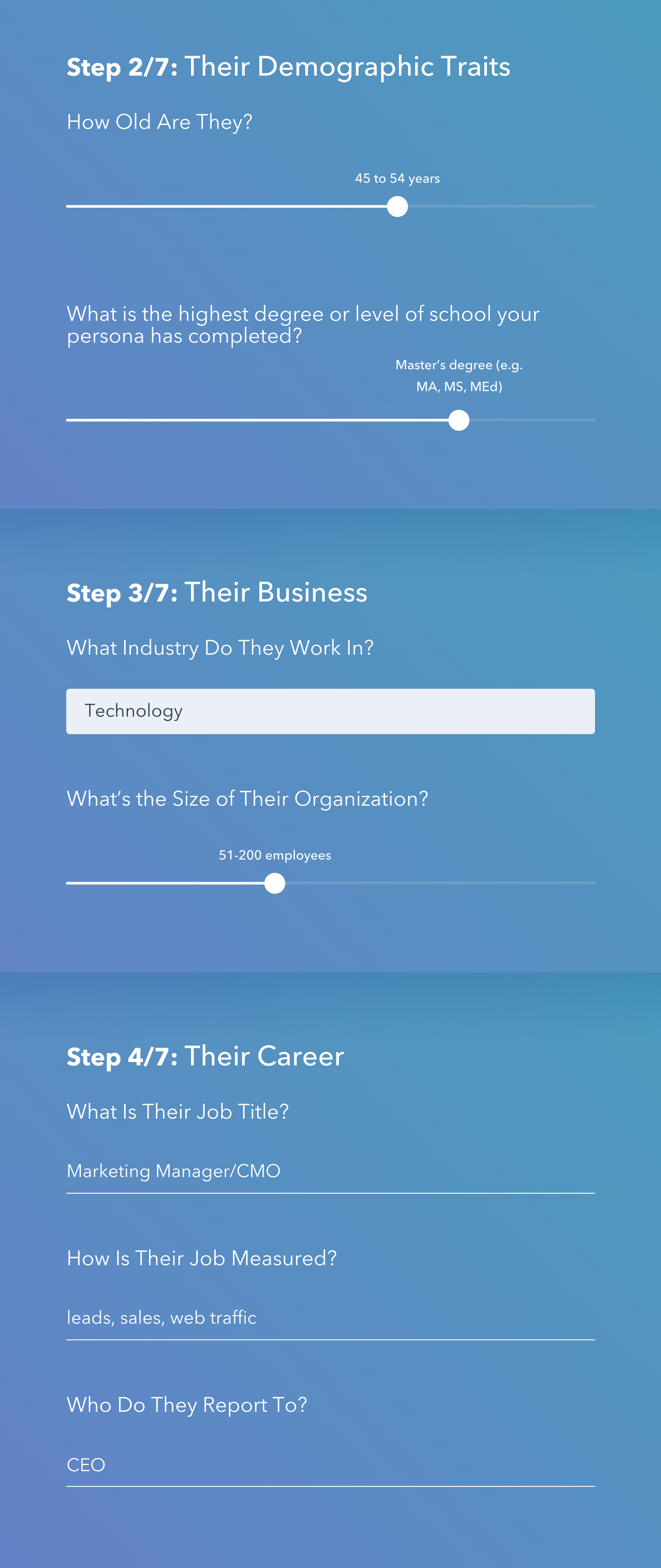
In the end, you’ll have a detailed persona that you can work from.
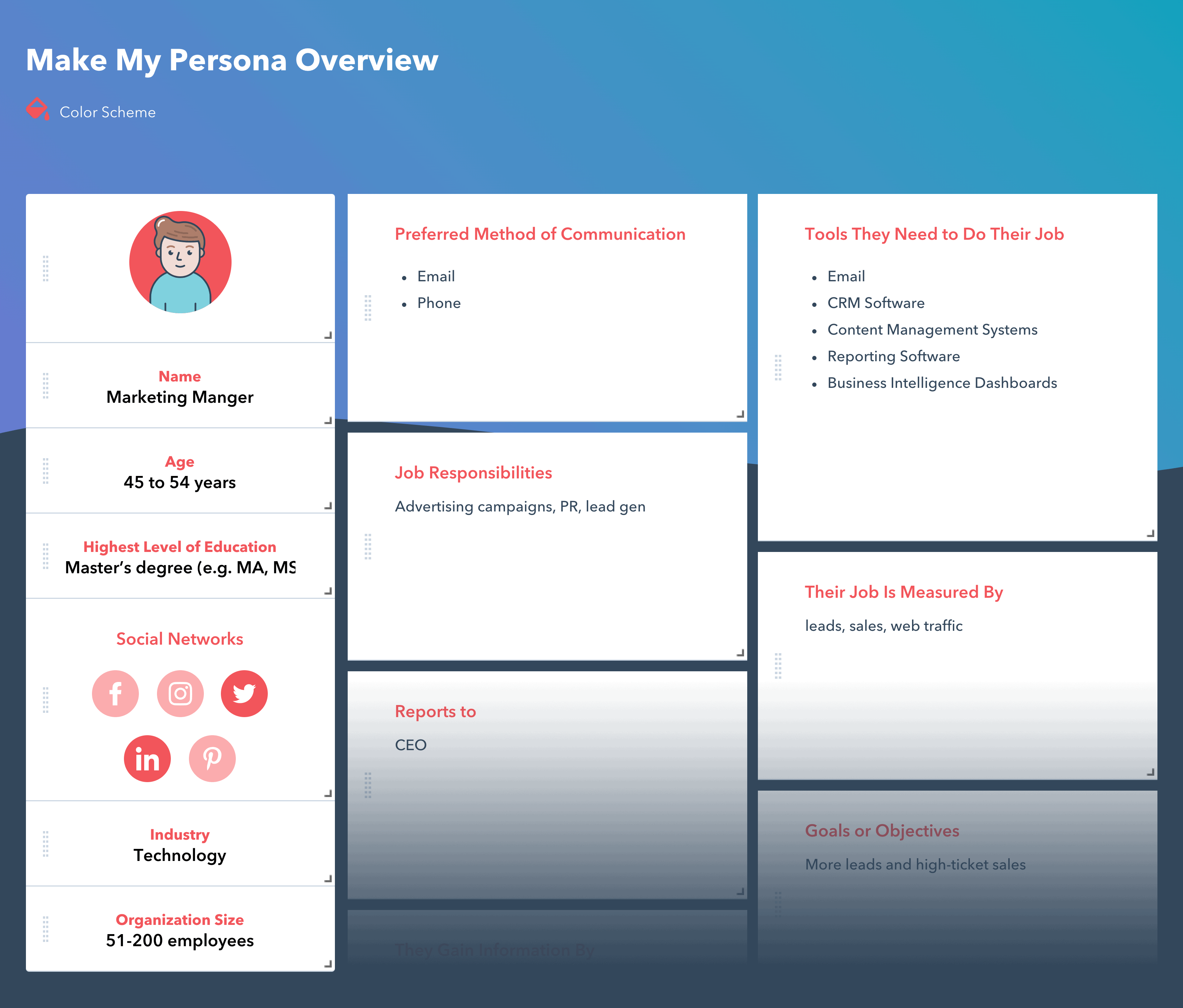
And that actually leads us to step #2 in this process…
Step #2: Choose Your Bottom of the Funnel Keywords
Now that you have your persona, it’s time to figure out how they search for what you sell.
In other words: bottom of the funnel keywords.
As a quick recap, marketing funnels are a way to visualize the customer journey.
I prefer to use a simple version of this funnel for B2B marketing. This funnel is divided up into two sections: top of the funnel and bottom of the funnel.
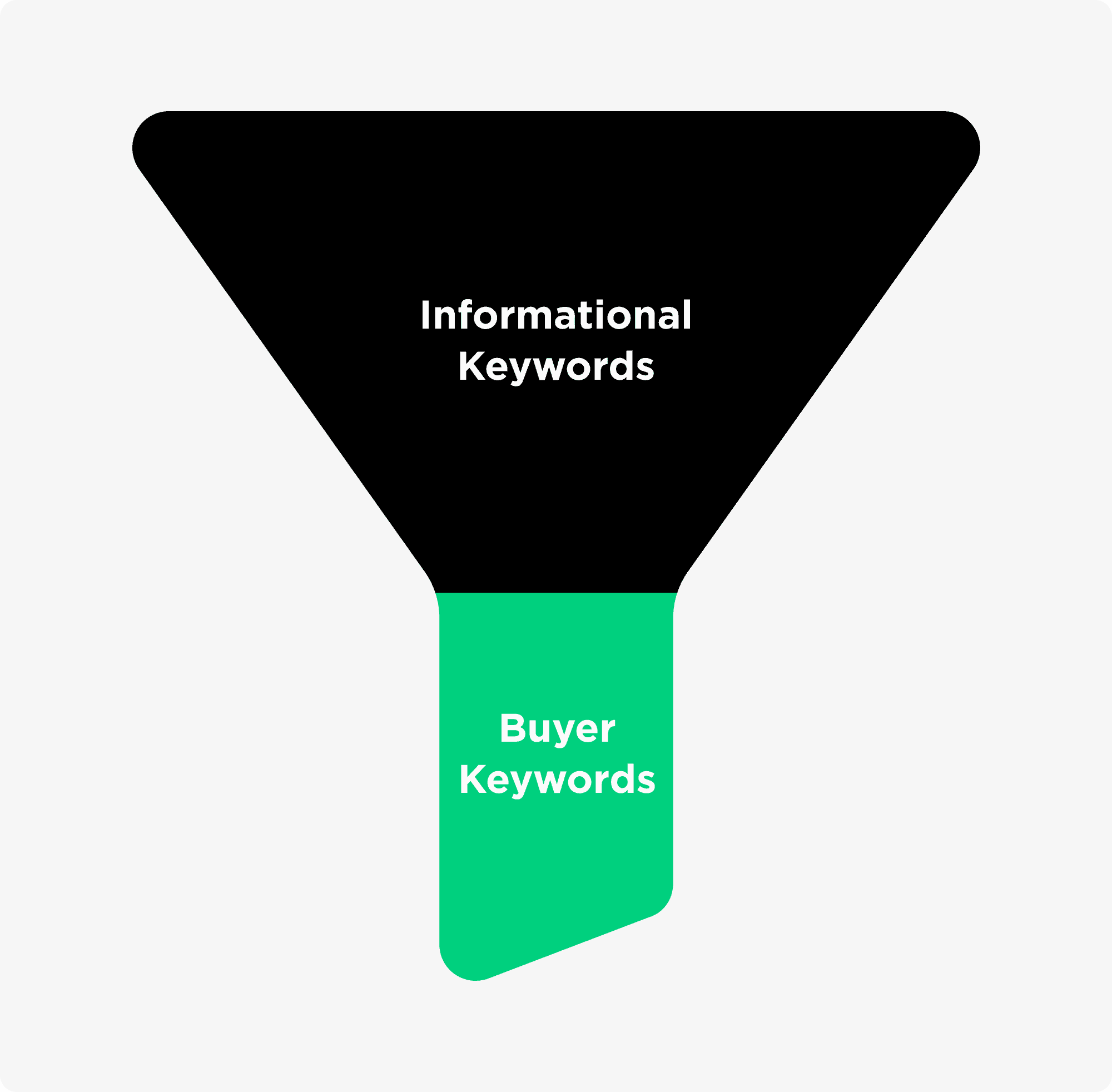
And this step is all about finding bottom of the funnel keywords.
In other words: keywords that people search for when they’re ready (or almost ready) to buy.
For example, in my case, our flagship course is an SEO course called SEO That Works.
And one of our bottom of the funnel keywords is: “SEO training”.
In fact, we created a landing page that’s optimized around that bottom of the funnel term.
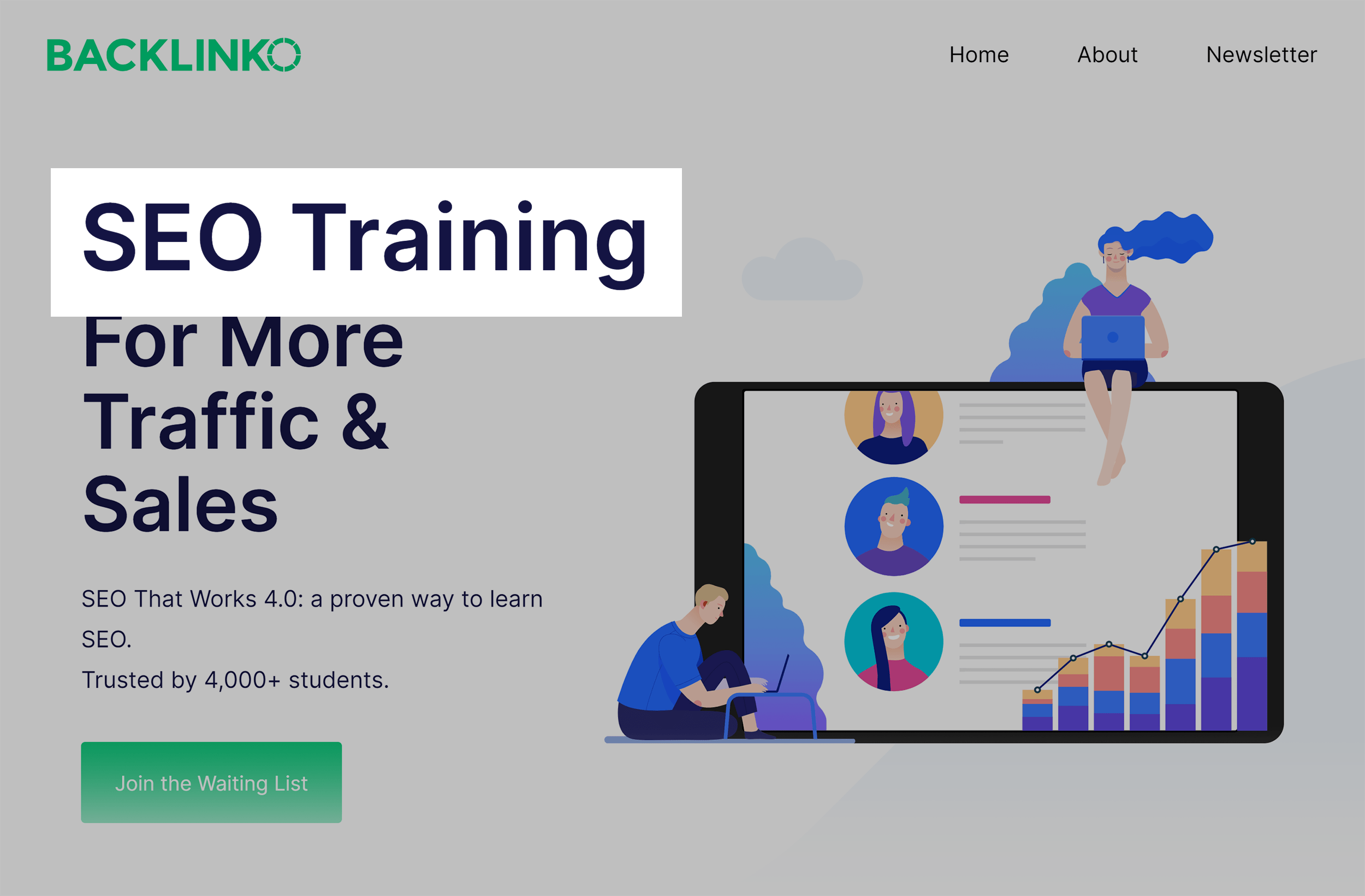
With that, here’s how to find bottom of the funnel keywords for B2B.
1. The Seed Keywords Engine
What do your decision makers search to find your product or service?
Well, you could guess.
Or you can use the free Seed Keywords Engine tool.

To use it, create a scenario for someone to search for. Basically, you’re asking someone to search for what you sell.
For example, if you sell office furniture, your scenario might be something like this:
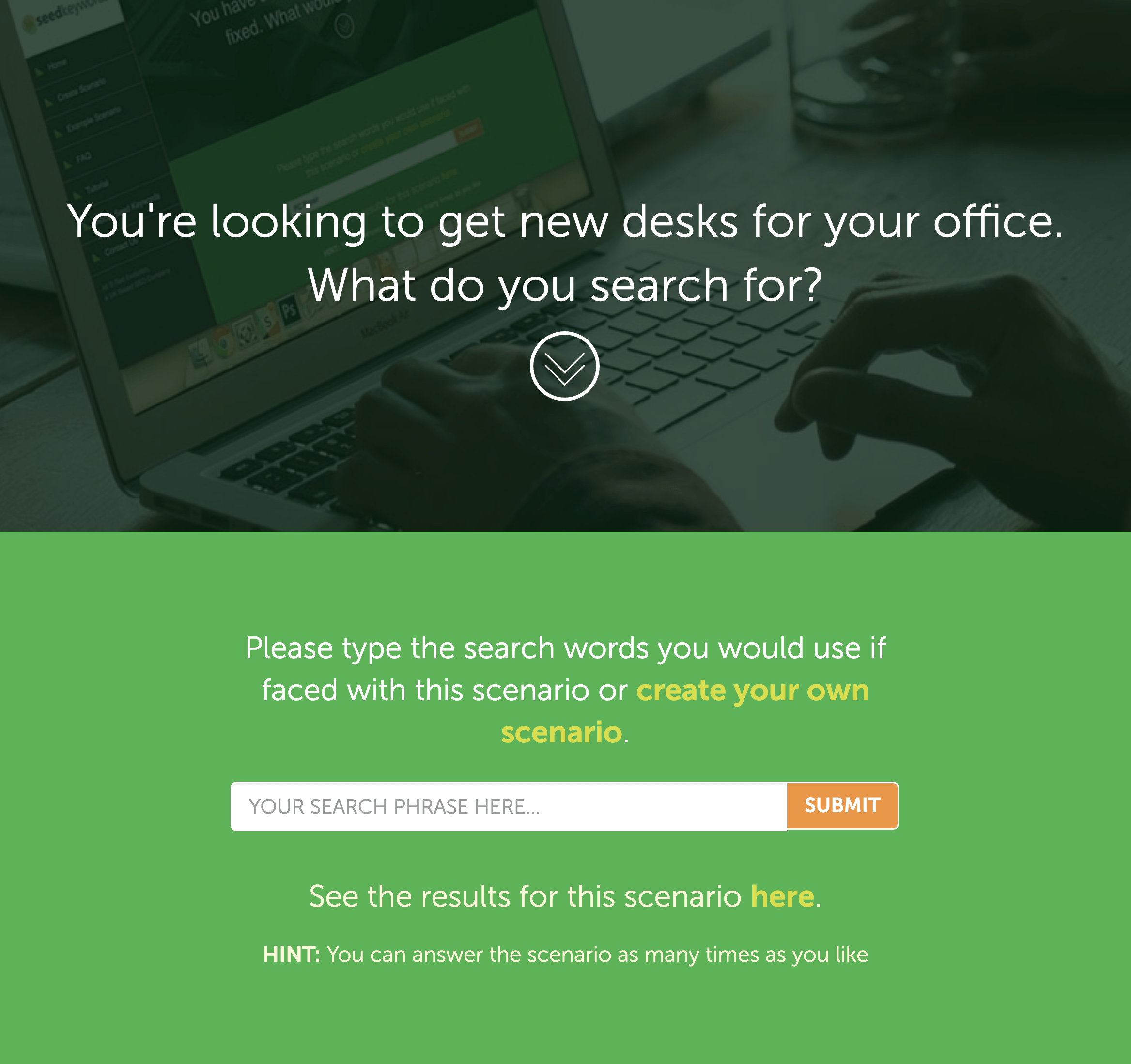
Then, send the scenario to people that fit the profile of the persona that you created in Step #1.
And you’ll get a list of words and phrases that those folks use when they use Google to find your product or service.

If you’re like most people, many of these search terms will surprise you. Which is kind of the point.
2. Google Autocomplete
This is a simple tactic that’s GREAT for finding long tail keywords.
All you need to do is start typing a term into Google. And check out the autocomplete suggestions.
Simple. Yet effective.
3. Competitor Keyword Analysis
Here’s where you use an SEO tool to grab a list of keywords that a competing site already ranks for in the SERPs.
The advantage of this approach is that it’s FAST.
For example, when I put one of my competitors into SEMrush, I get a list of over 212k keywords.
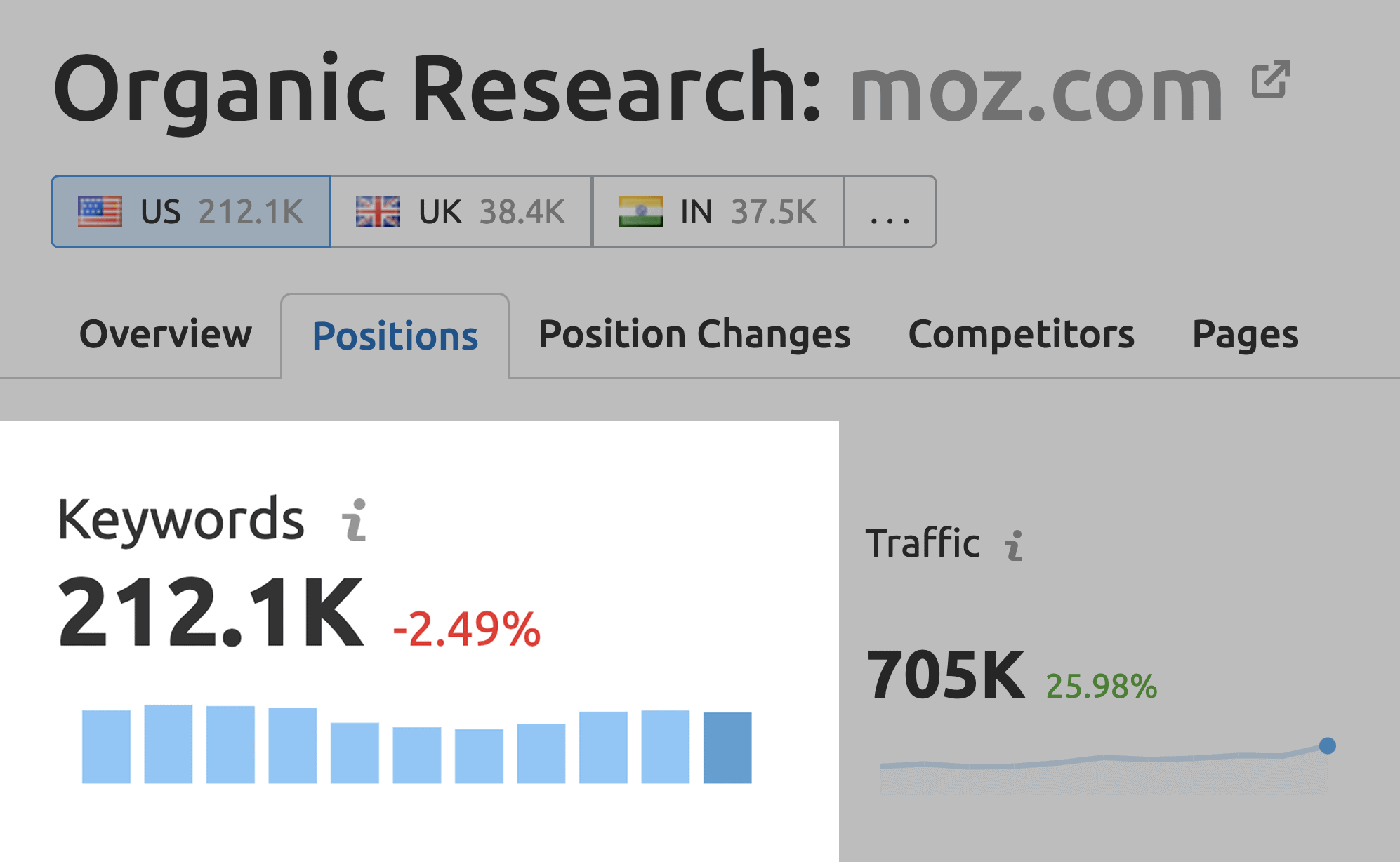
And the entire process took about 10 seconds.
Pro Tip: Filter out any keywords that have a CPC <$1.00 (or $5.00 if you sell a high ticket item). That way, you can filter out junk keywords that have no chance of ever converting for you.
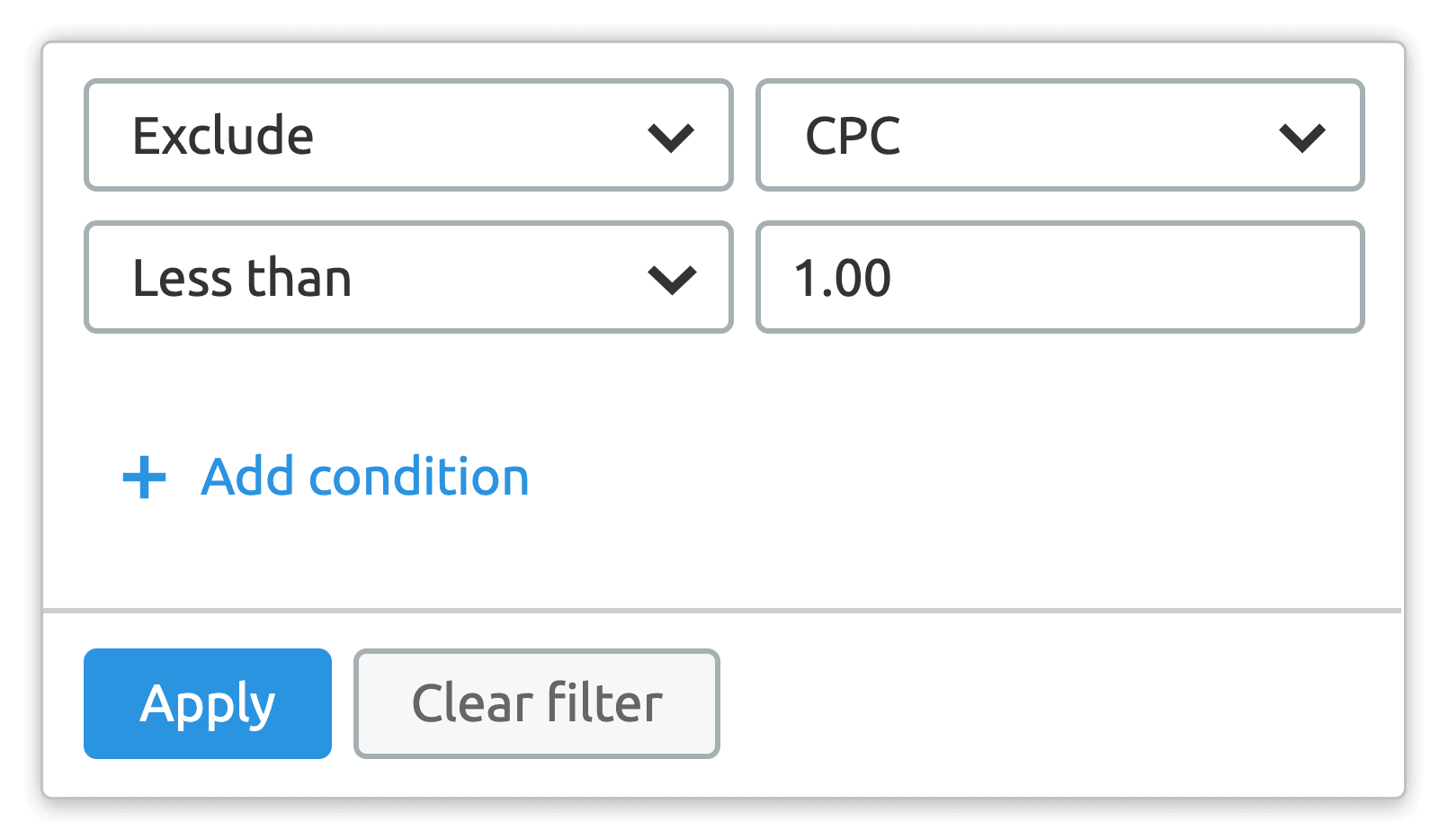
Before we move onto our third step, there’s one important thing to keep in mind about the bottom of the funnel terms: they don’t get a ton of search volume.
For example, according to the Keyword Overview tool in Semrush, “SEO training” gets 4.4k searches per month.
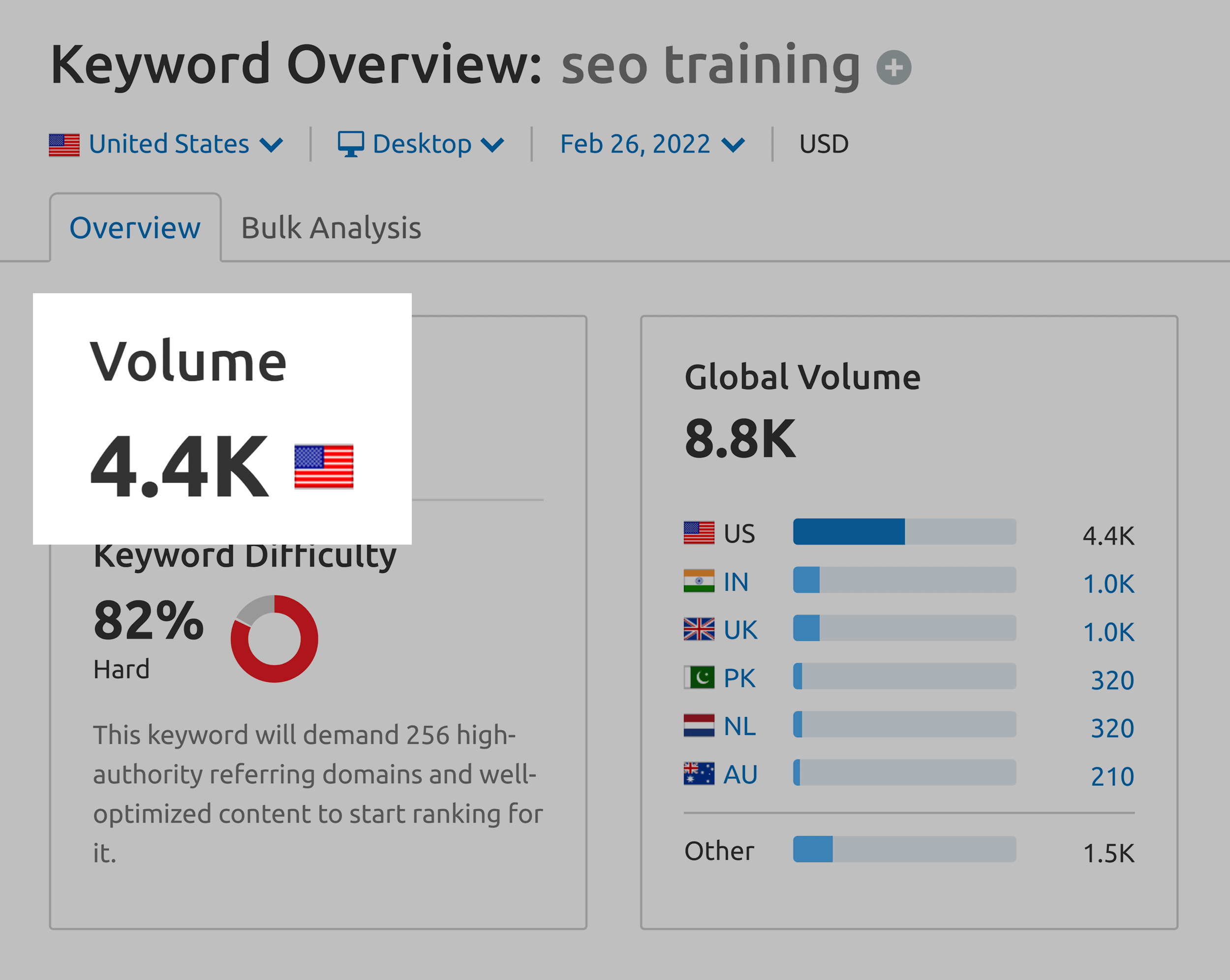
On the other hand, a top of funnel keyword in my industry (“what is seo”)”, gets significantly more than that.
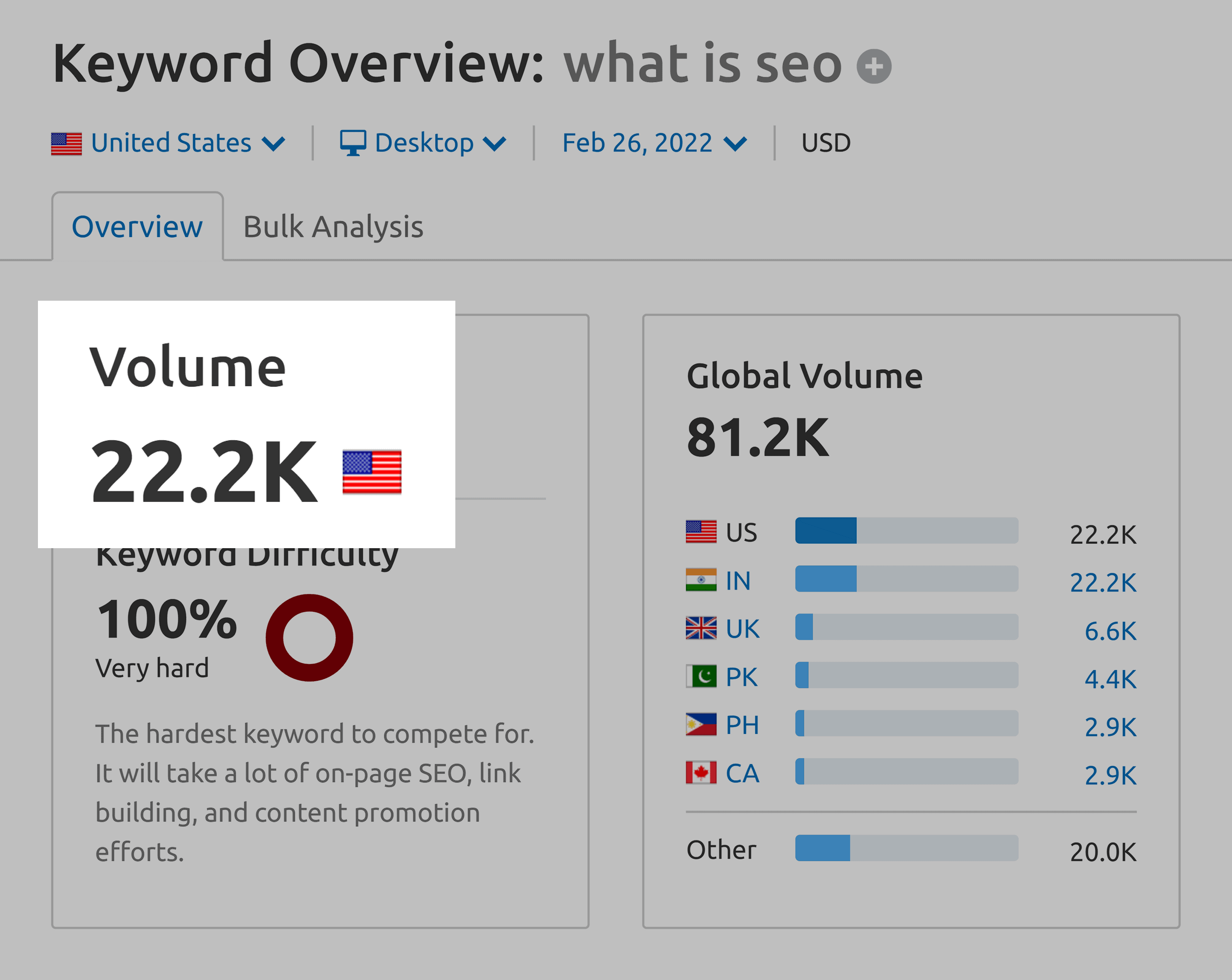
So yeah, the bottom of the funnel terms should have SOME search volume. But I wouldn’t focus on search volume all that much.
Instead, you want to really focus on CPC.
Why?
Well, CPC is how much people are bidding in Google Ads for that specific search term.
And the higher the CPC, the more valuable that traffic is. In general, higher CPCs mean that actual buyers tend to search for that keyword.
(Which is why so many people are bidding on it.)
So if you see a keyword that describes what you sell. AND has a high CPC. I’d strongly consider going after that keyword.
Even if that term doesn’t get searched for all that much.
For example, take a look at this keyword:
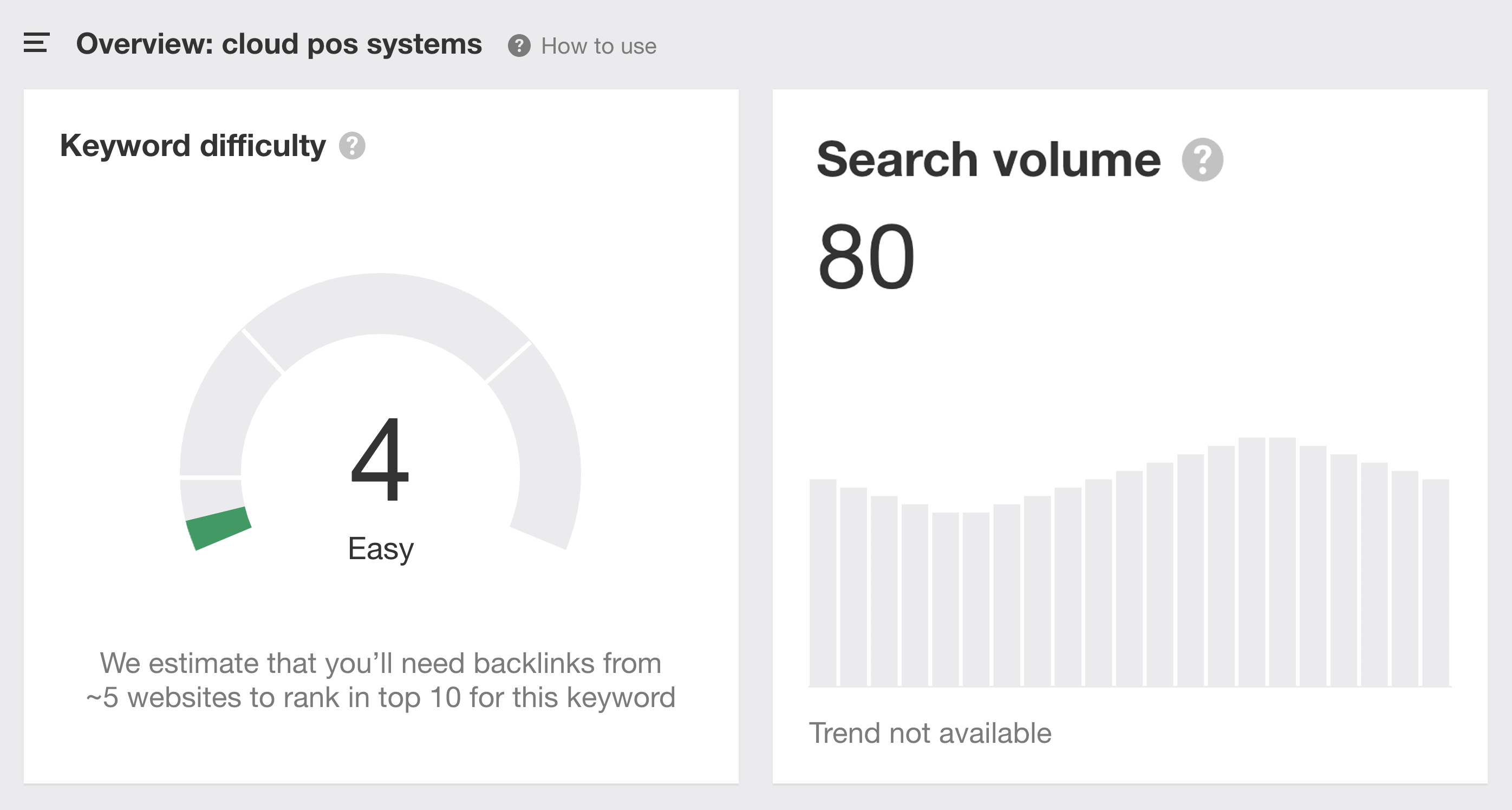
Most people would say: “That keyword only gets 80 searches per month. That’s not worth creating a landing page around”.
But they’d be wrong.
Think about it: if you sell POS systems for the cloud, then someone searching for “cloud POS systems” is your ideal customer. And they’re literally searching for exactly what you sell.
That’s why the CPC for that keyword $35.
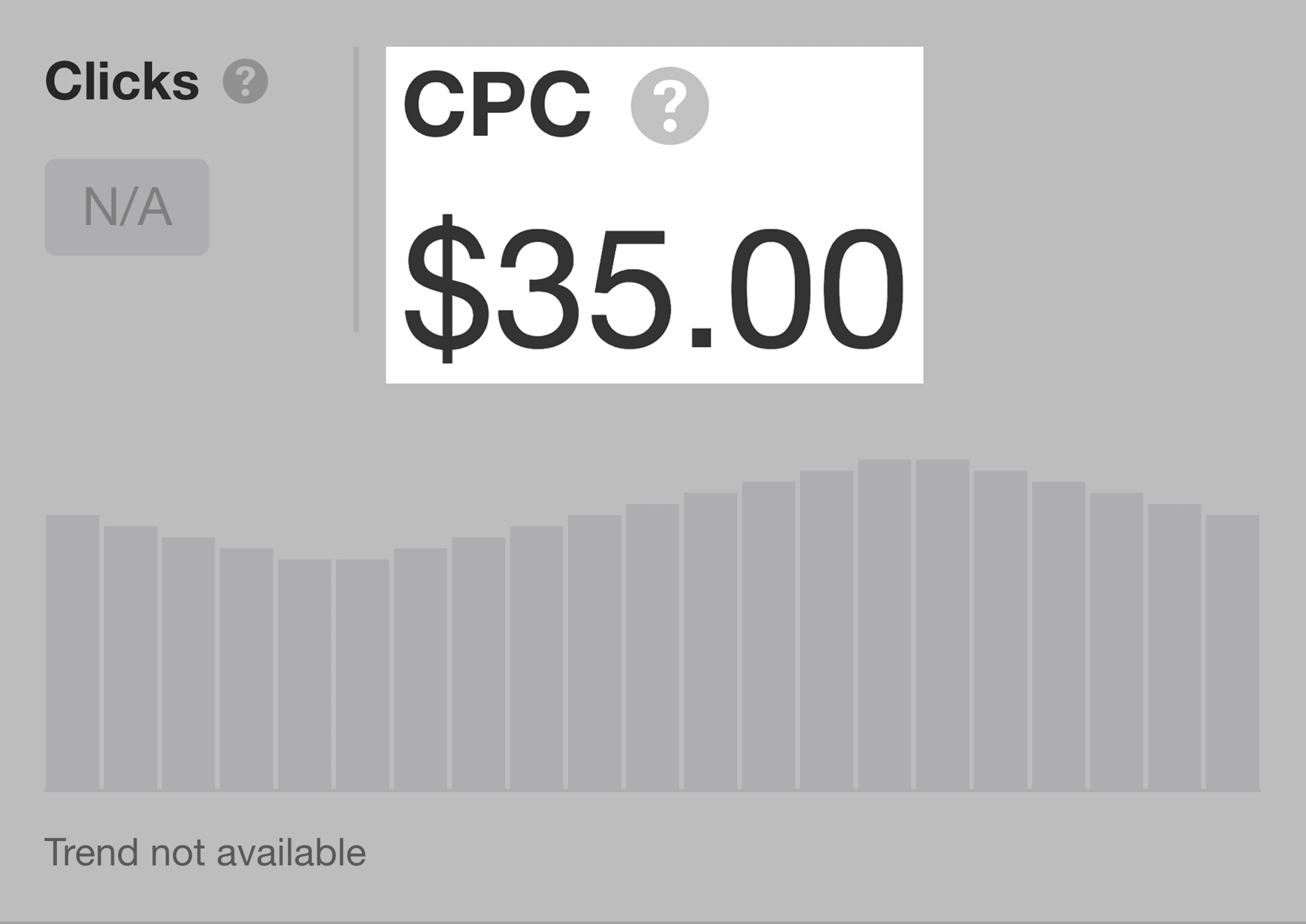
Other businesses know that this traffic is valuable. This is why they’re shelling out 35 bucks for a single click.
And if you rank #1 in Google for that term, you’ll get a steady stream of solid leads and customers all day long.
Yes, it may take some time and effort to rank in the first place. But once you’re there, you have a GREAT chance of turning that effort into a positive ROI.
Step #3: Find Top of the Funnel Topics
Next, it’s time to find a set of top of the funnel keywords and topics.
These are keywords that you’ll ultimately create blog content around.
For example, check out this example funnel from the delivery logistics industry.
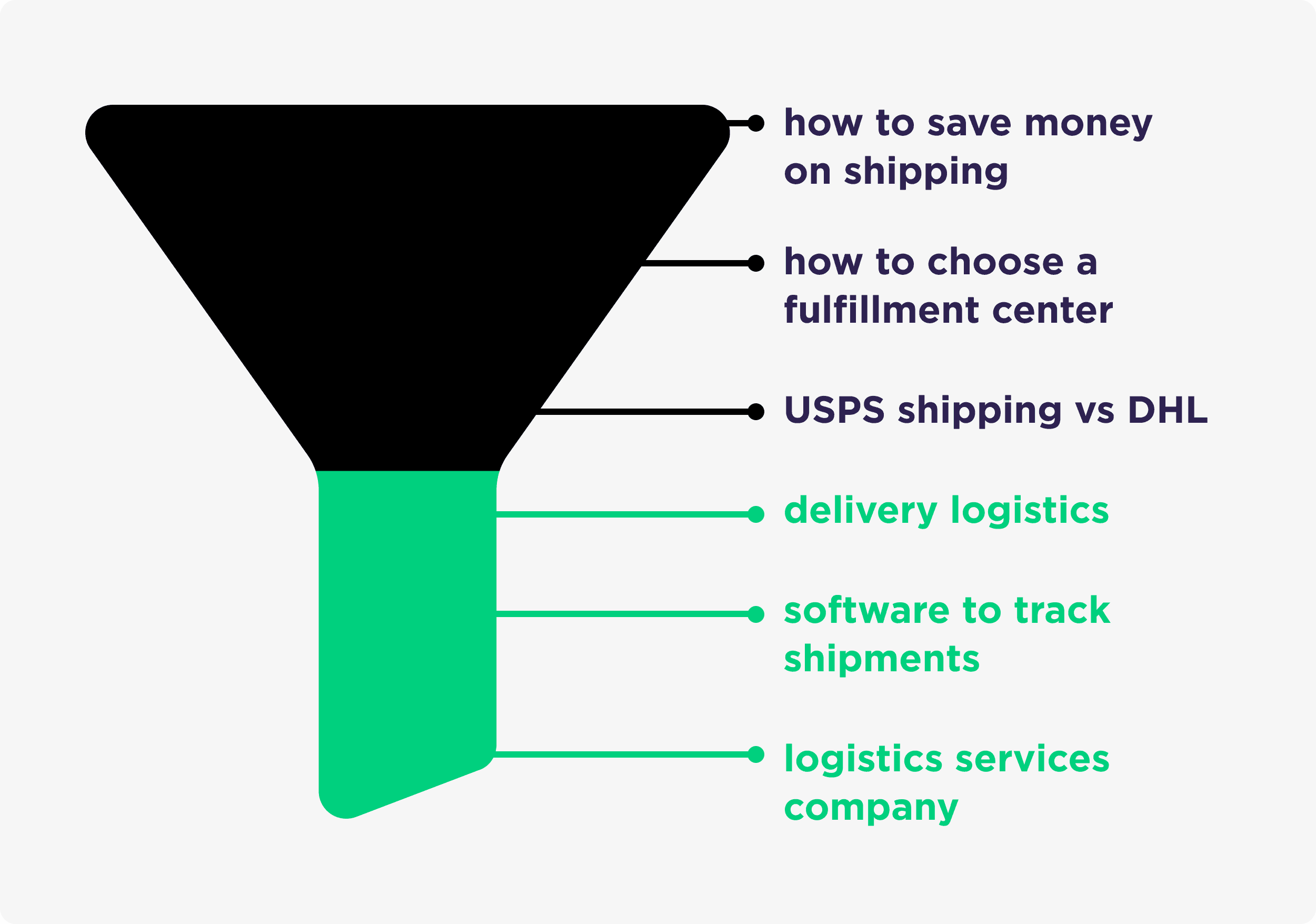
Are people searching for “How to save money on shipping” ready to buy right now? Of course not.
But that doesn’t mean they’re worthless. In fact, top of the funnel keywords can be SUPER valuable.
Why?
First off, more people search for top of the funnel keywords than bottom of the funnel terms. A LOT more.
For example, this buyer intent term gets 200 monthly searches.
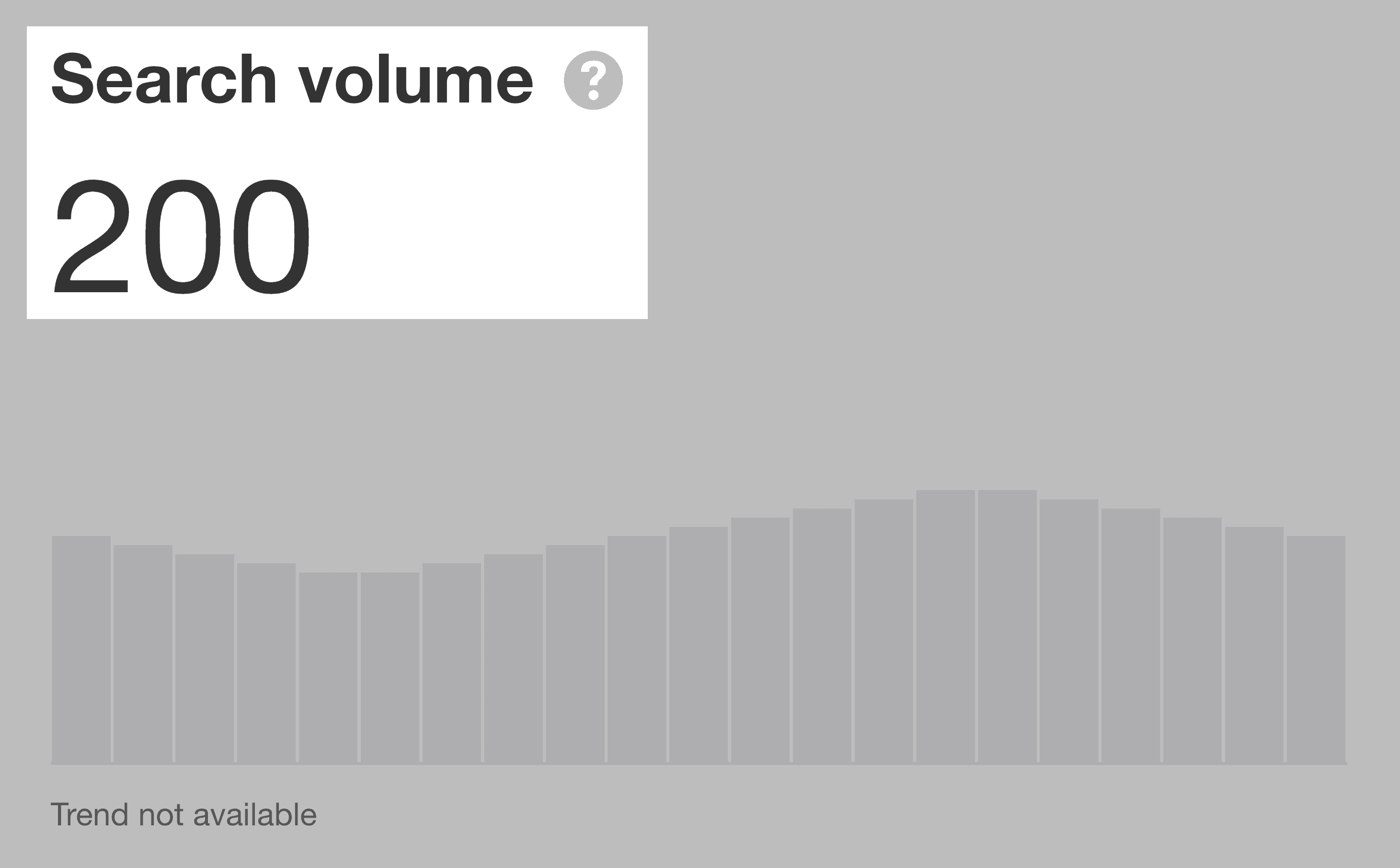
But the top of the funnel version of that keyword gets 7x more searches every month.
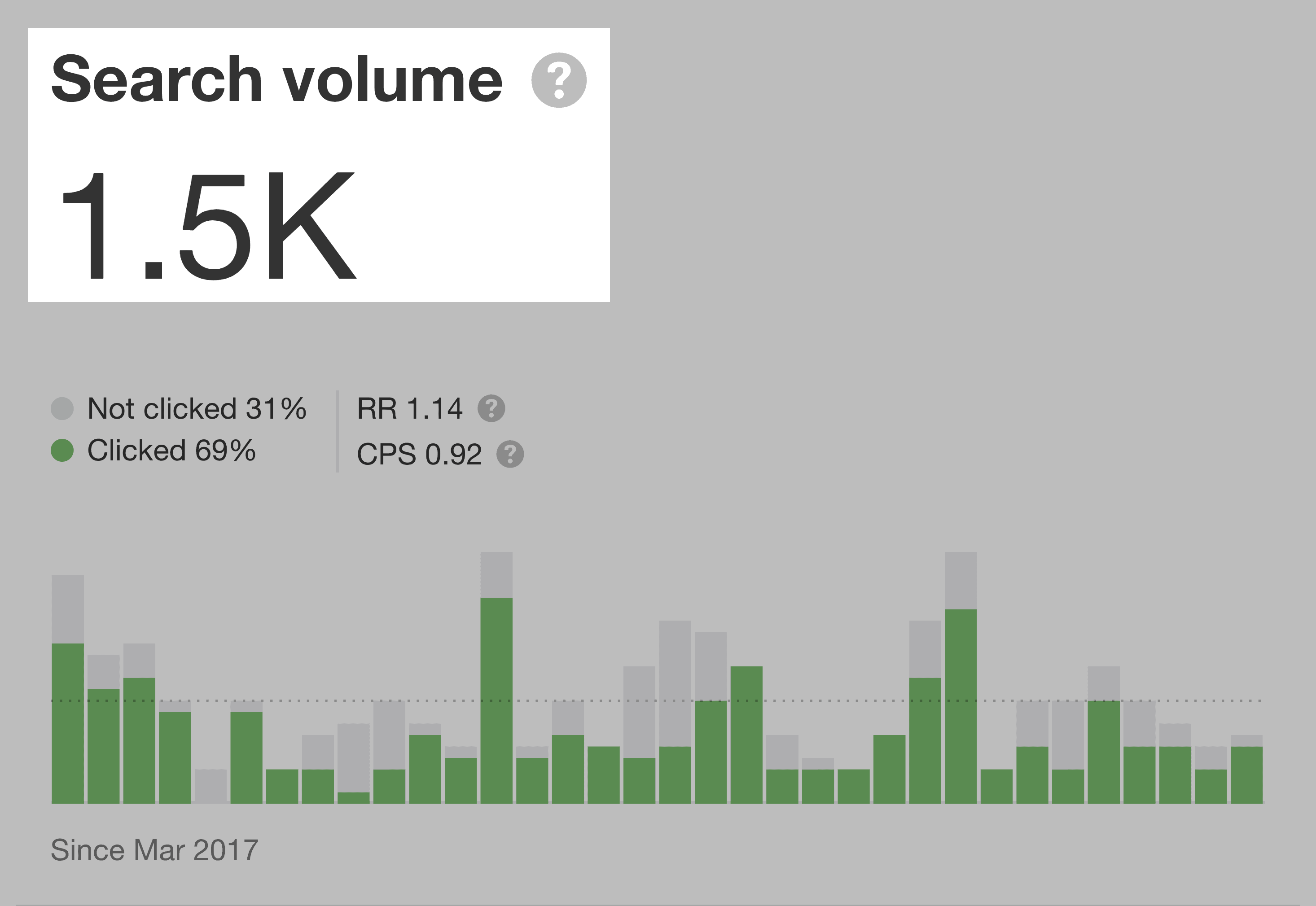
And if you only target bottom of the funnel keywords, you’re putting a cap on how much traffic you can get from Google.
The real value from SEO over the long-term actually comes from top of the funnel searches.
That’s because…
Second, you can turn those top of the funnel searches into customers down the road. It just takes some time.
For example, look at my site, Backlinko. Literally 99% of the keywords that I rank for are top of the funnel terms.
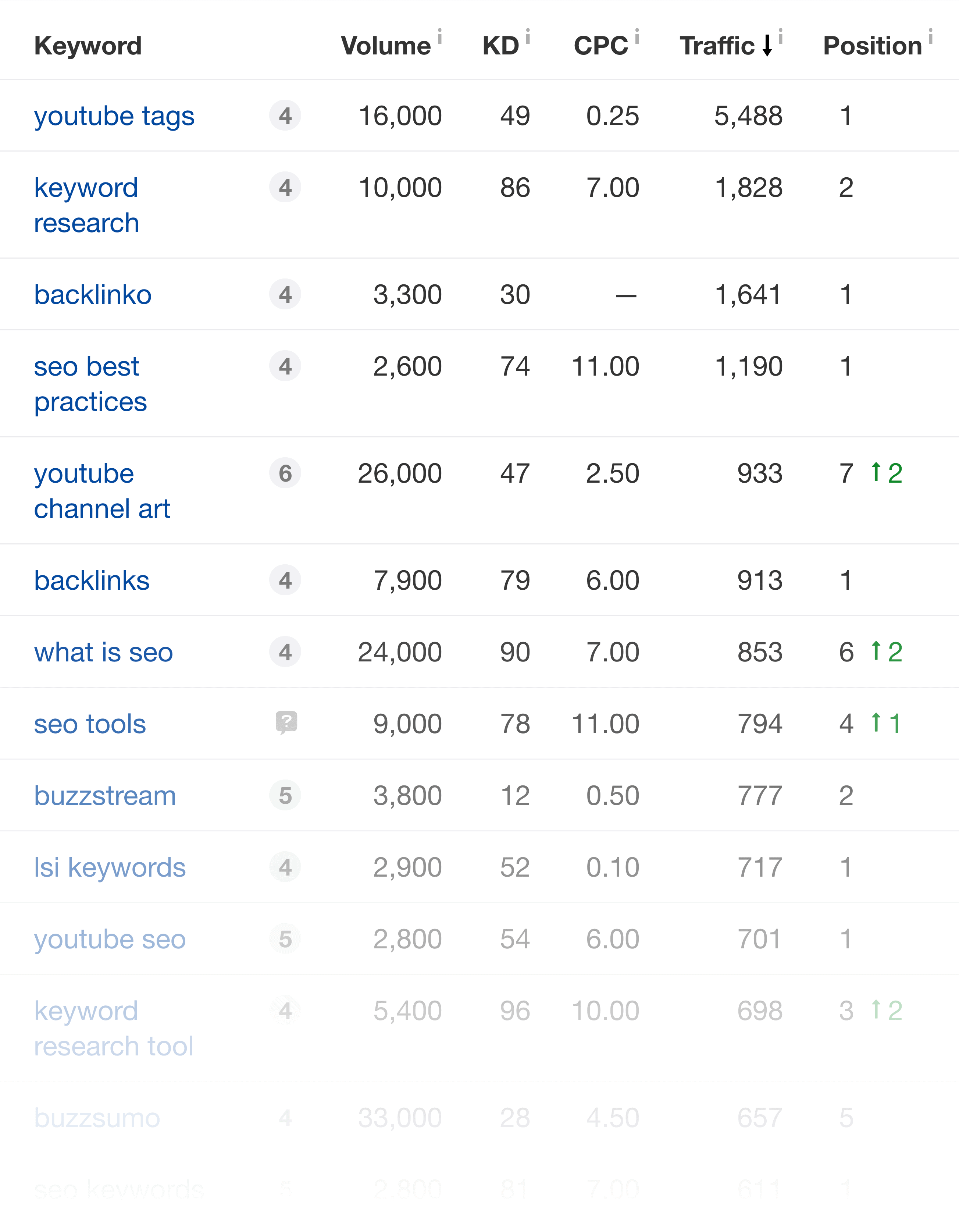
And instead of going for the hard sell on the first visit, I focus on getting those visitors in my email list (aka lead generation).
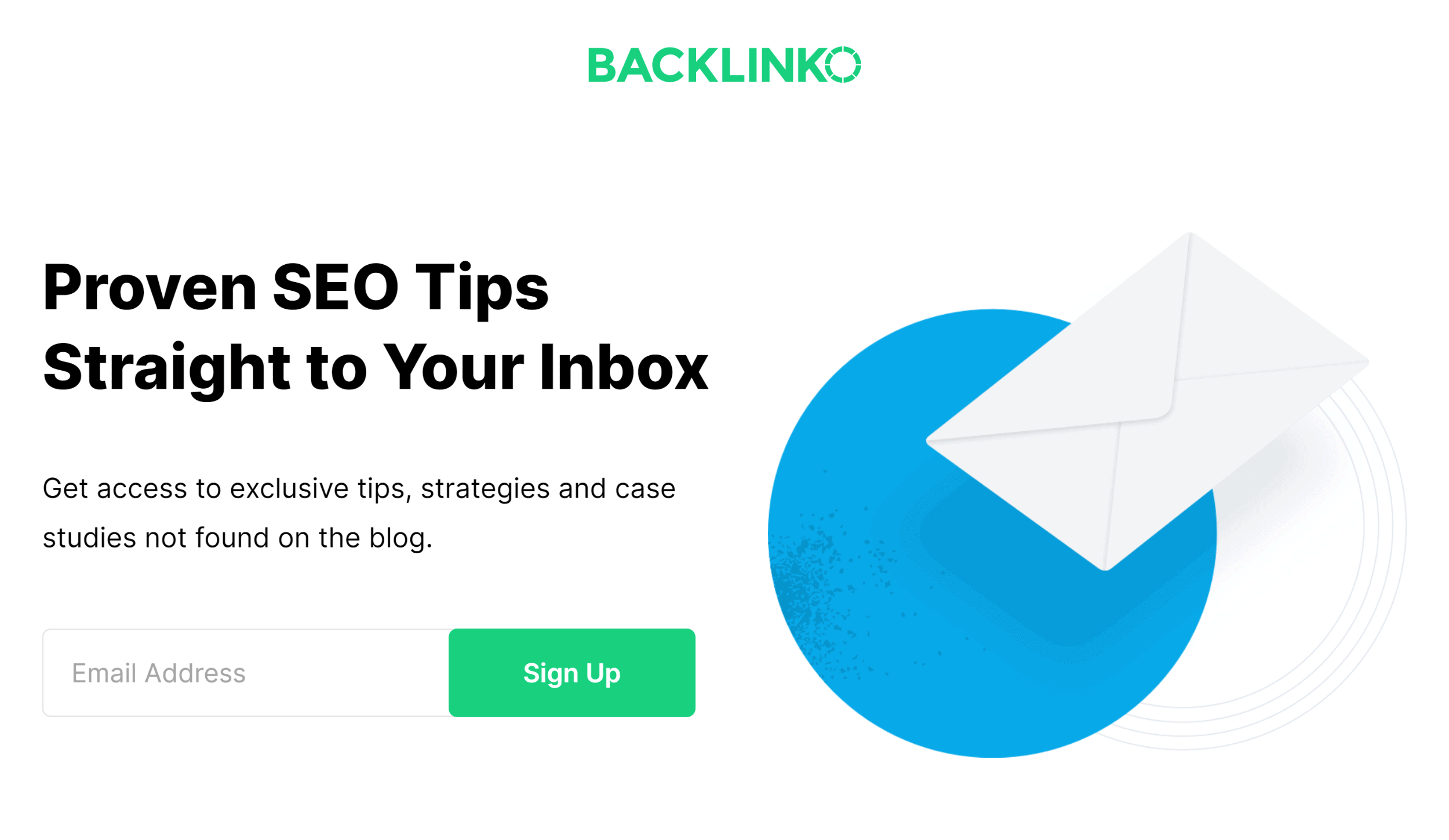
Then, I send my email subscribers valuable content that establishes me as an expert.
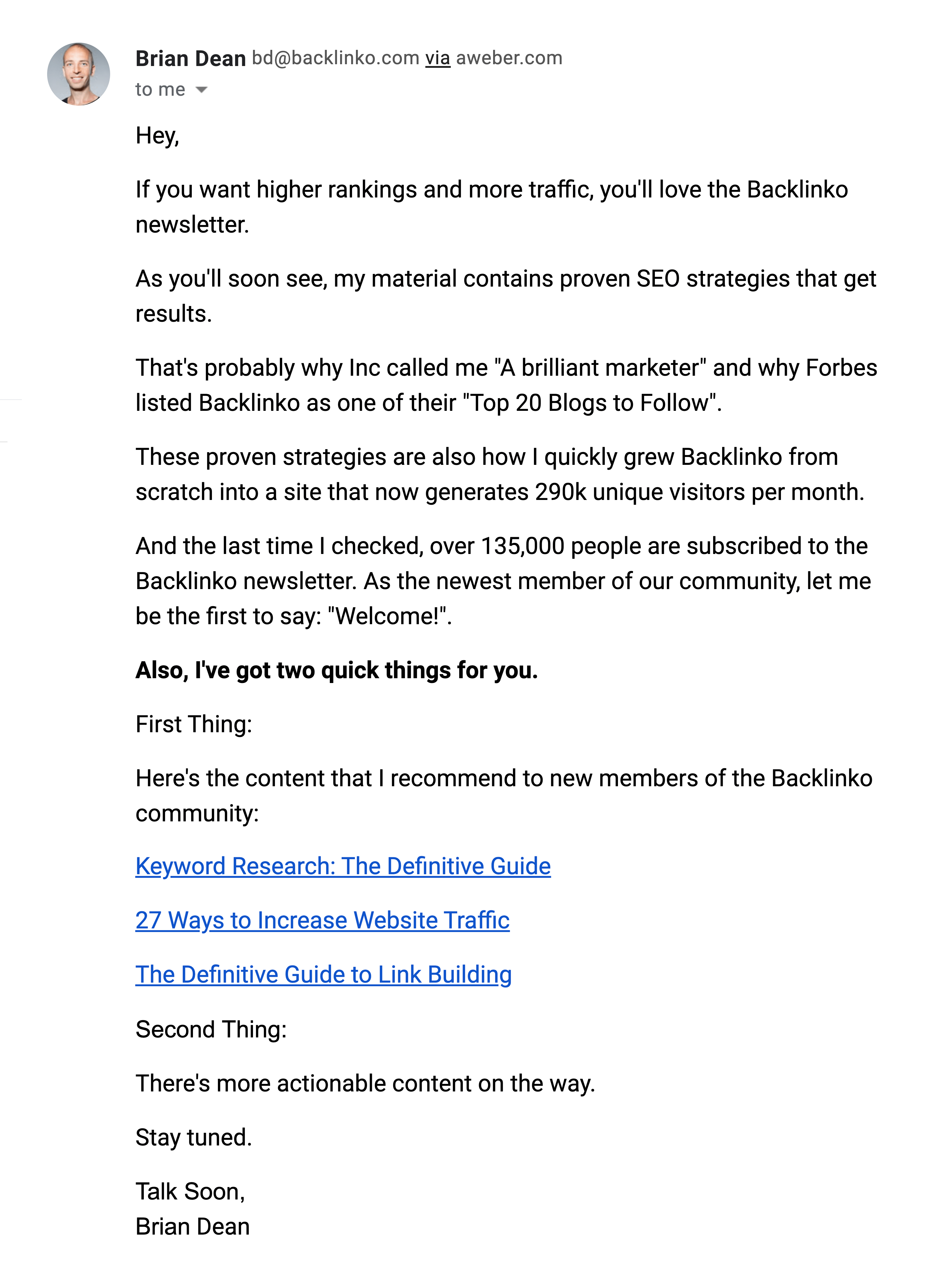
That way, when they’re ready to buy, I’m top of mind.
So yeah, people that come to your site from top of the funnel terms may not convert right away. And that’s OK.
If you turn those visitors into email subscribers, you can convert them into buyers down the road.
ExplodingTopics.com is a helpful tool for brainstorming B2B content ideas.

You can just scan the list of trending topics. But you’ll get more out of the tool if you look at topics in your specific niche.
To do that, hit the “Categories” filter and choose a category that describes your industry.
When you do, you’ll get a list of growing topics in that space.
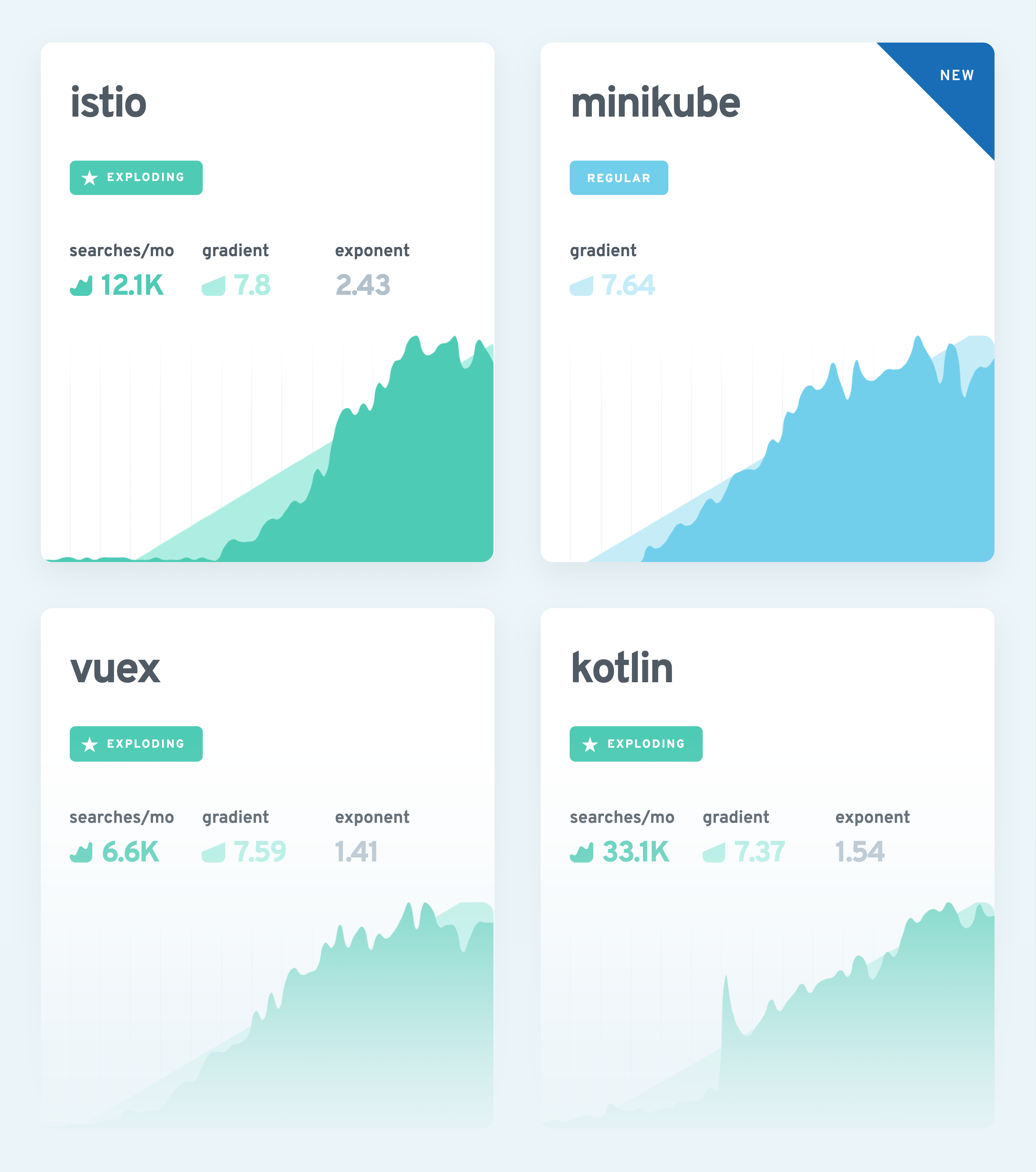
Pretty cool.
Step #4: Optimize Your Product and Services Pages
Now it’s time to optimize your product and service pages for SEO.
Specifically, you want to optimize each page around one of the bottom of the funnel keywords that you found in Step #2.
To be clear: on-page optimization is a massive topic. If you want to nerd out, I recommend checking out my on-page SEO guide.
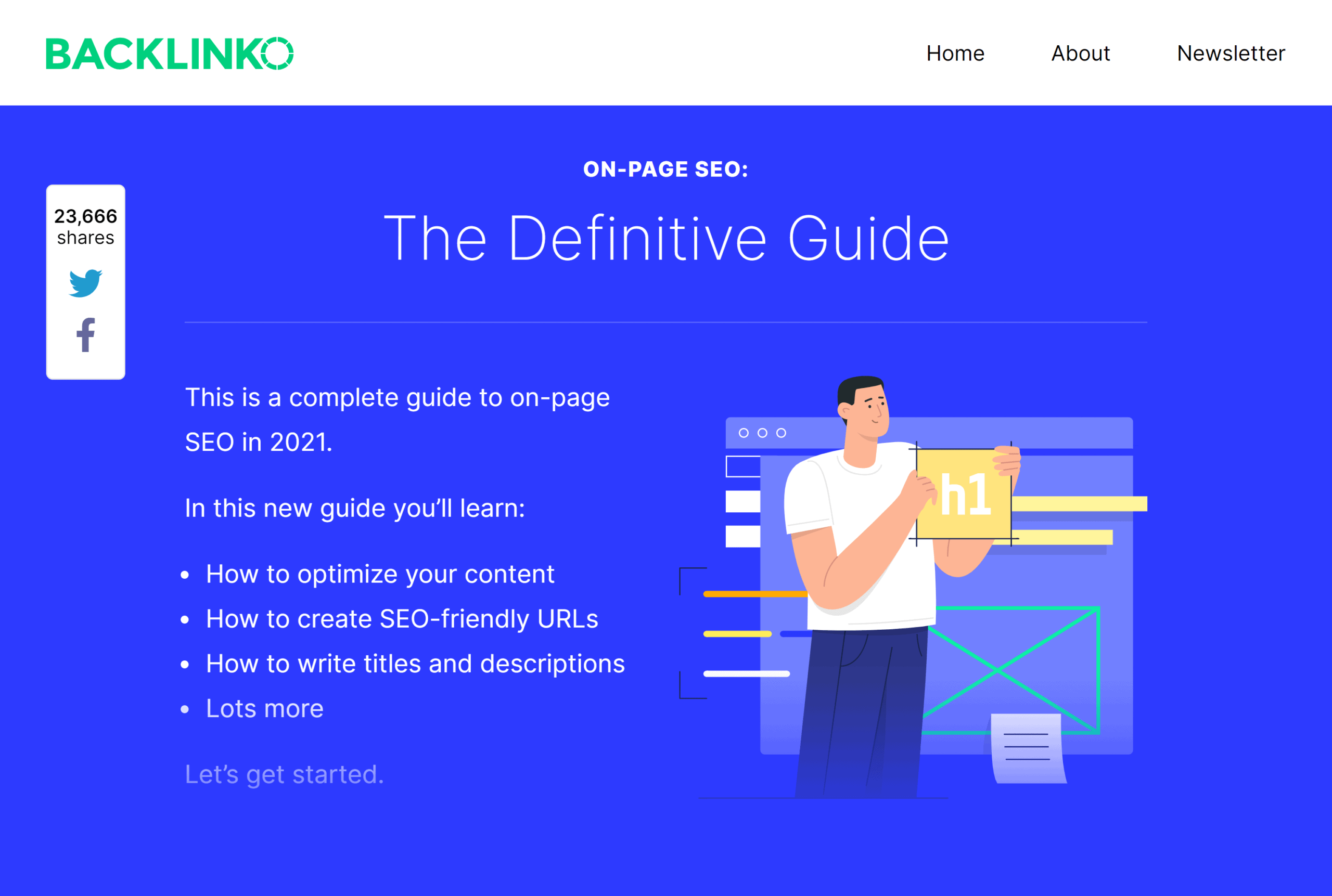
Or watch my on-page SEO tutorial.
But if you just want the 80/20 tasks that will give you the biggest bang for your buck, I recommend these 3 strategies for optimizing B2B landing pages.
1. 100% Unique Content
Every single landing page needs 100% hand-written unique content.
Otherwise, you’ll run into issues with duplicate content. And your pages won’t rank.
I know: it can be tough to write unique content for every page. Especially if you have different pages for different cities.
Or if you have one page for “business wifi network” and another page optimized around“office wifi network”.
But the fact is: if you want to rank higher in Google, unique content is a must.
Even though it’s not always easy.
As rappers say: “Don’t hate the player. Hate the game”. 🙂
2. Long-Form Content
Most B2B landing pages are SUPER thin. Most of them only have 50-100 words of content.
I can tell you from experience: these super short pages are tough to rank. There just isn’t enough content there for Google to fully understand the page.
So I recommend beefing up your key landing pages with 500, 1000 or even 2000 words of content.
Why?
Our recent ranking factors analysis found that the average result in Google contains 1,447 words.
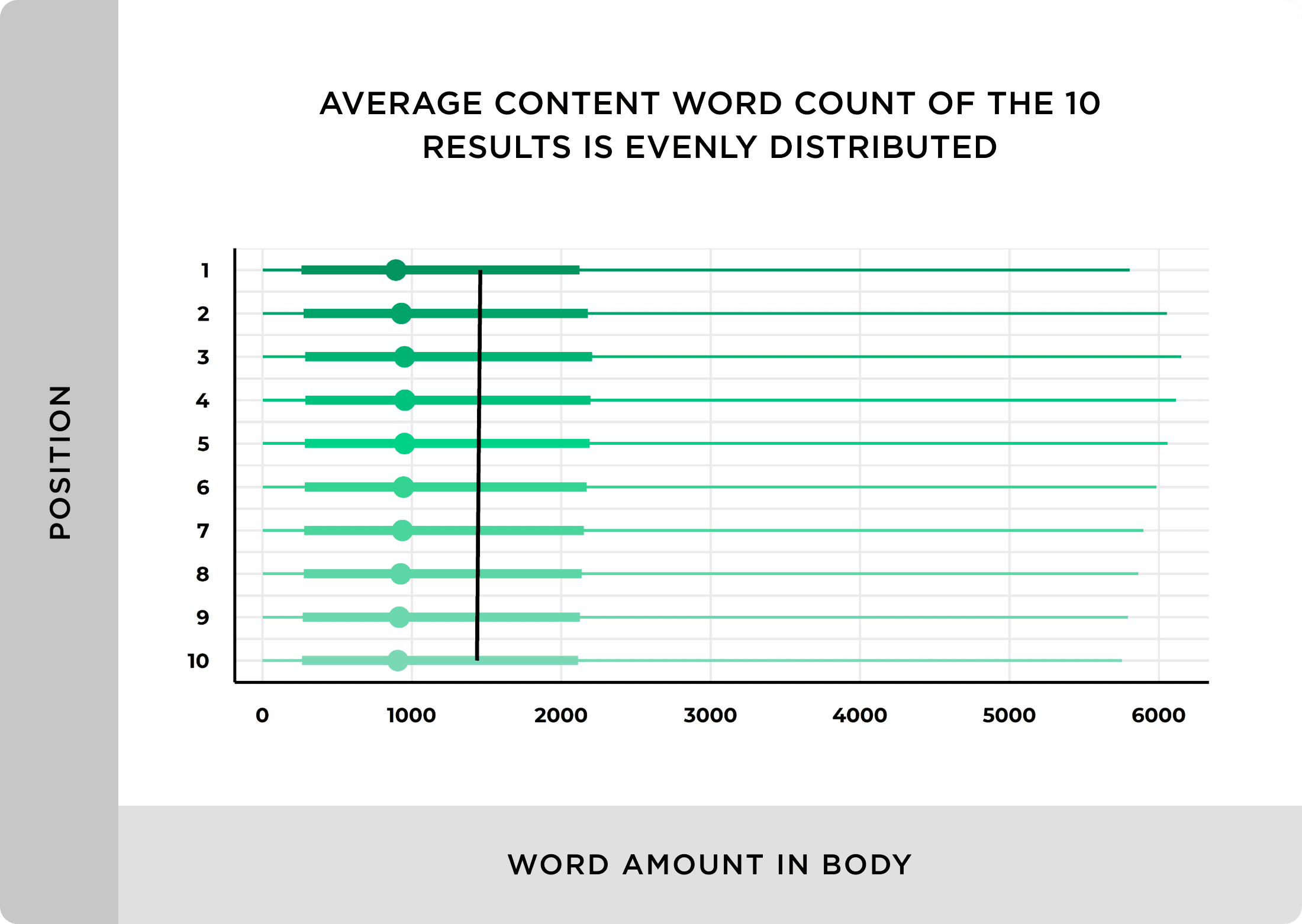
For example, my SEO training landing page is on the long side.
In fact, that page contains 2,557 words.
That helps Google understand the topic of my page.
Plus, it gives people interesting content to read. And that compelling content can improve your page’s overall user experience (which, in my experience can reduce your bounce rate).
3. Smart Keyword Usage
Yes, you want to include your target keyword several times on your landing page.
But I don’t recommend cramming your keyword 100x into your page. That can do more harm than good.
Instead, you want to use your keyword strategically.
- Mention your keyword in your page’s H1 title and title tag
- Make sure your page URL includes your target keyword
- Use synonyms and variations of your main keyword
- Write a unique meta description aimed to boost your click-through-rate
- Try to include your keyword high up on the page (within the first 50 words or so)
If you follow those simple best practices, you’re ahead of most people that are doing B2B SEO.
Step #5: Create an Insanely Valuable B2B Blog
Blogging is an important part of any legit B2B SEO strategy.
That’s because a valuable blog can help your SEO in a bunch of different ways.
For example, if you publish super high quality content, people will link to it. And those links will help your landing pages rank higher in the search engine results.

Plus, a B2B blog helps establish you and your company as a helpful resource in your space.
Which, according to a report from The Content Marketing Institute, can build trust with your target audience.
With that, here are some tips for getting your B2B blog off on the right foot.
1. Shoulder Topics
Many B2B companies write blog posts that are directly about what they sell.
And it’s a HUGE mistake.
Here’s an example:

Needless to say, that post gets zero traffic. Has zero backlinks. And no one has shared it on social media.
Instead, you want to write content on Shoulder Topics.
Shoulder Topics are topics that are related to your business. But they’re not directly tied to your actual product.
For example, Hootsuite is a B2B company that’s crushing it with content marketing and SEO.
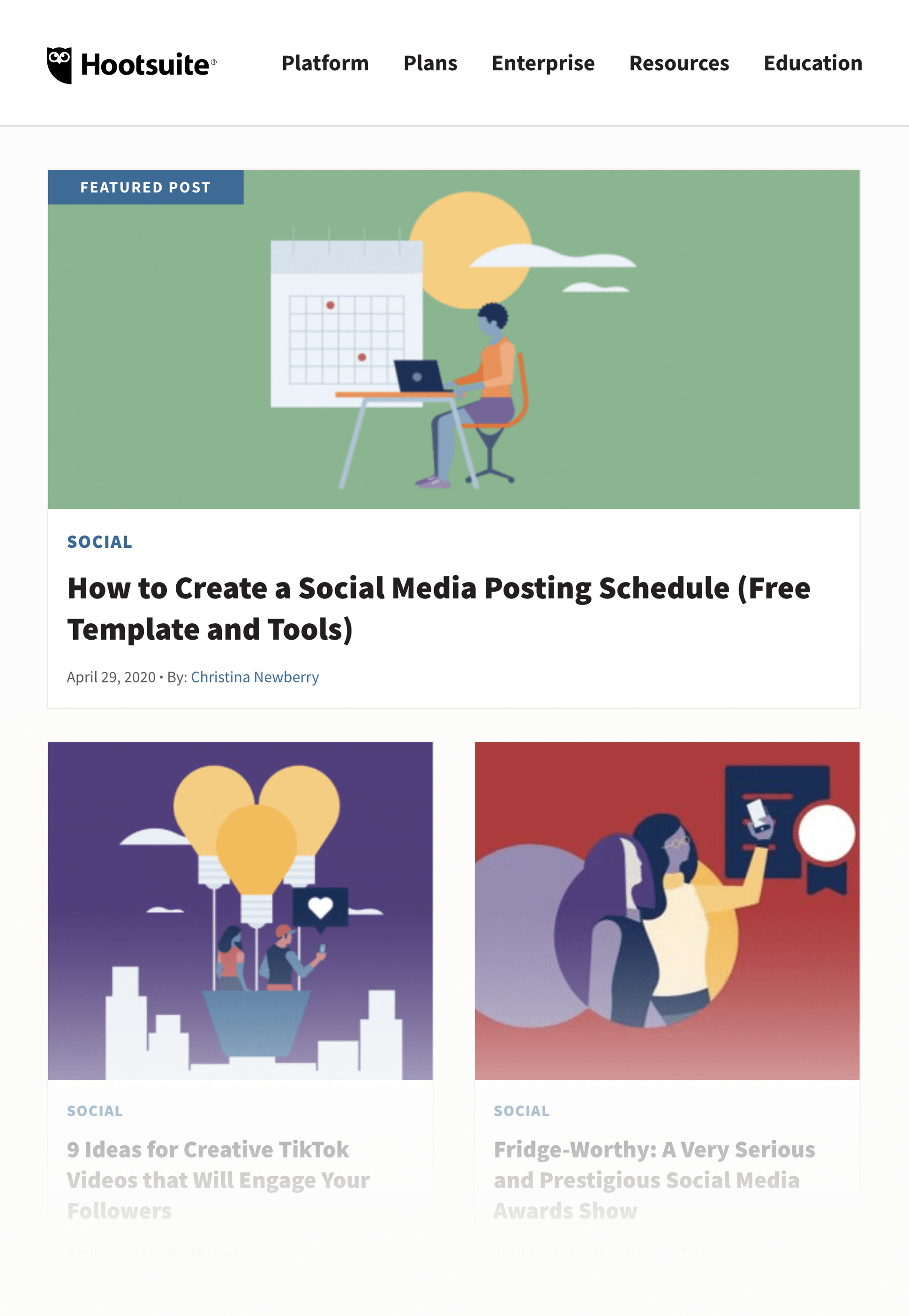
And if you look at their blog, you don’t see posts like “5 Ways to Choose a Social Media Marketing Tool”.
Instead, they produce super valuable content on topics that their target customer searches for, like Instagram ads.
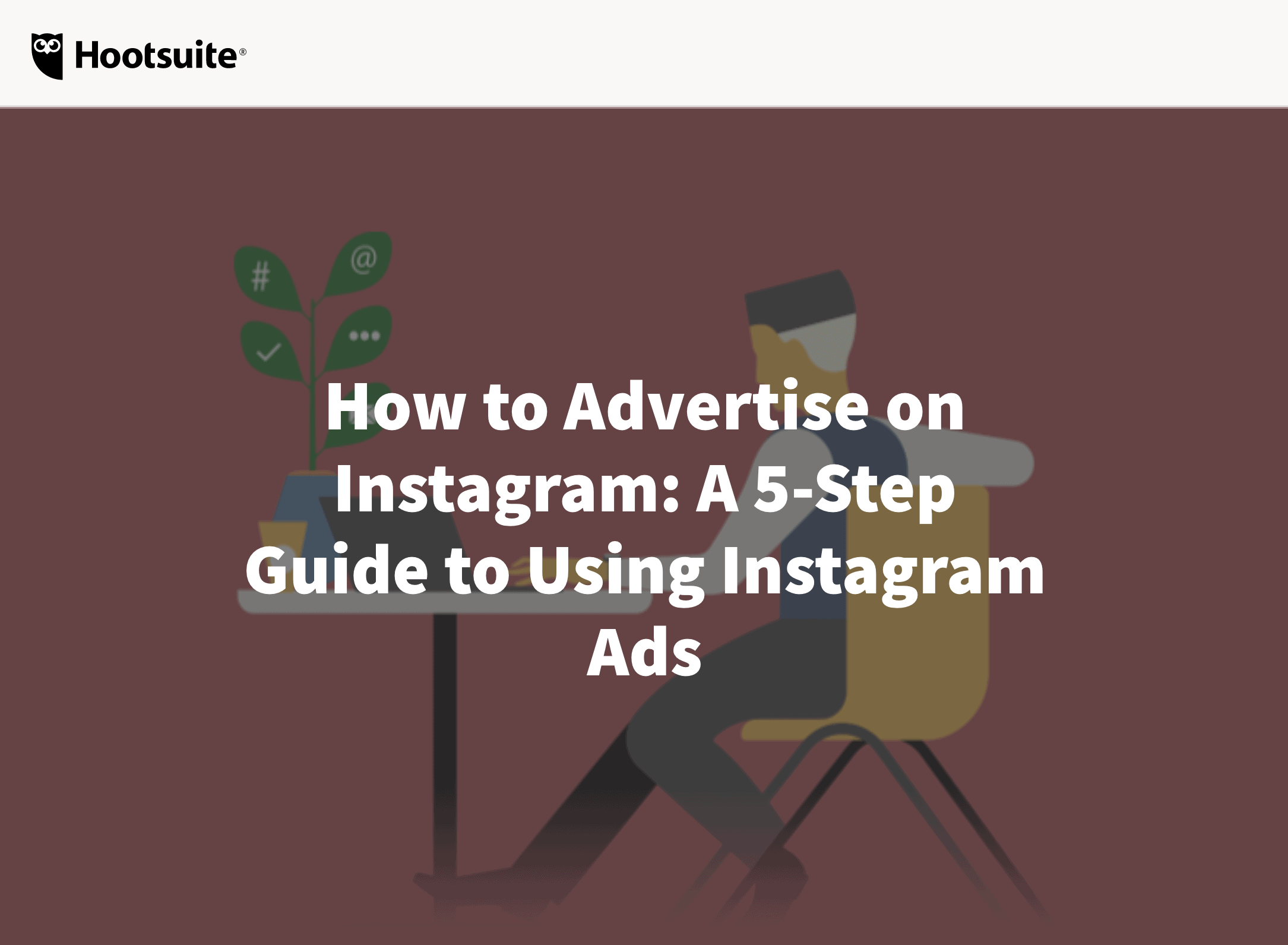
I follow the same strategy here at Backlinko. My blog content isn’t about SEO courses or SEO training programs.
Instead, my content creation focuses on Shoulder Topics that people will want to talk about, link to, and share.
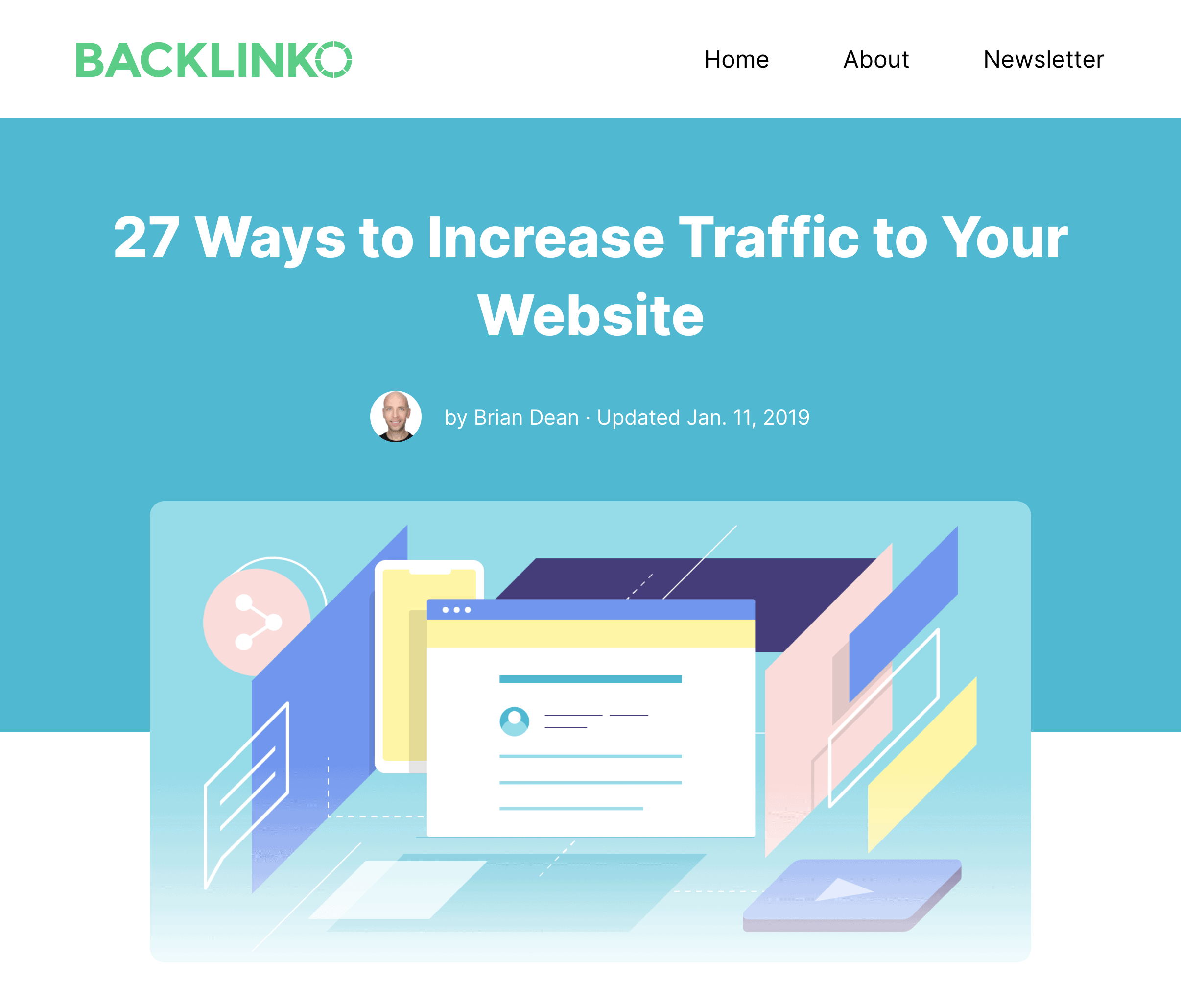
2. Ultimate Guides
If you’re new to B2B content marketing, I recommend focusing on ultimate guides.
Why?
Because they work SUPER well.
(Especially compared to old school B2B content formats, like whitepapers and reports.)
For example, take a look at this ultimate guide to local SEO that we published on the Backlinko blog.
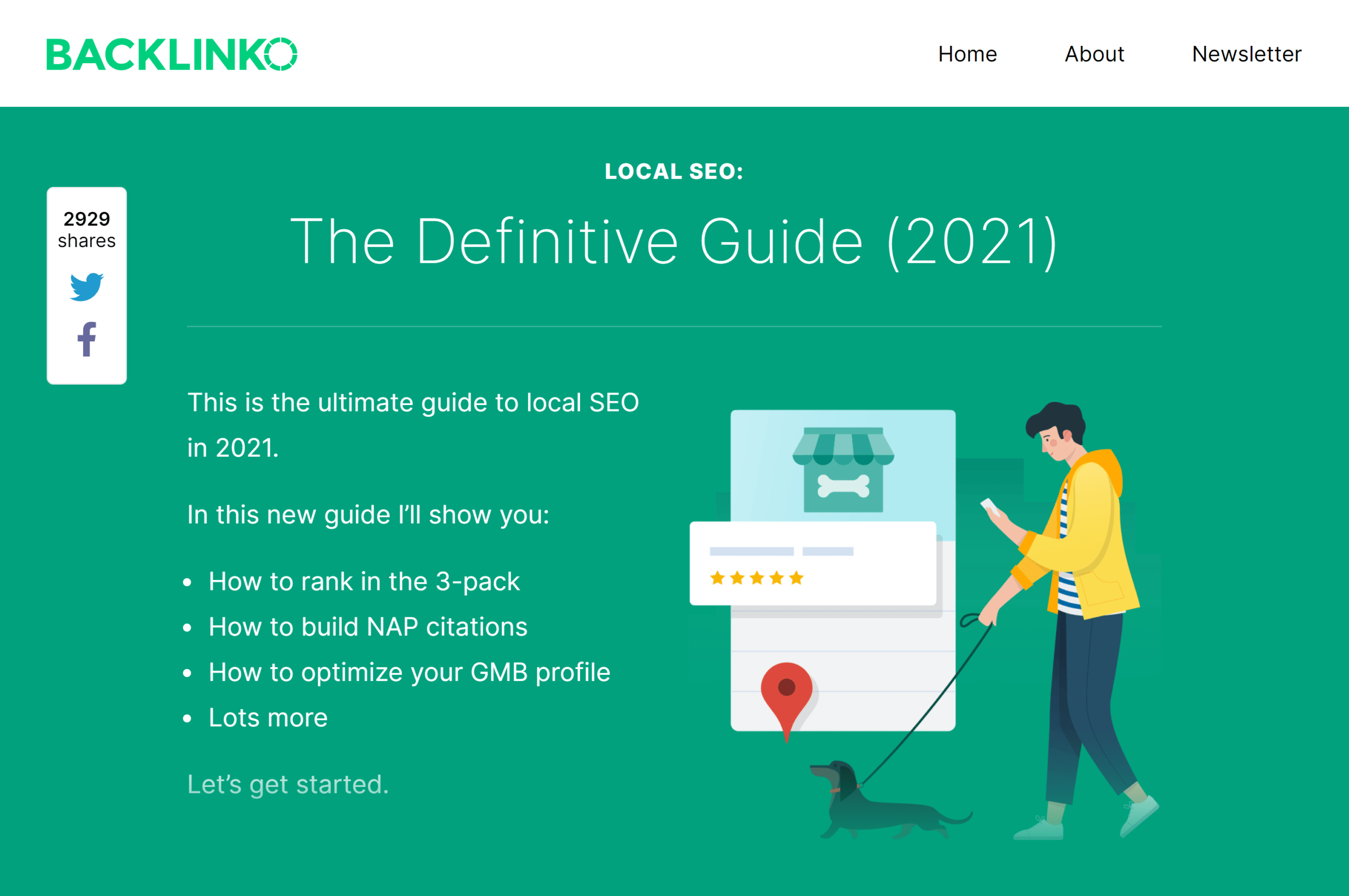
Even though this guide was only a few months old, it brought in 46,070 visitors from email, SEO and social media.
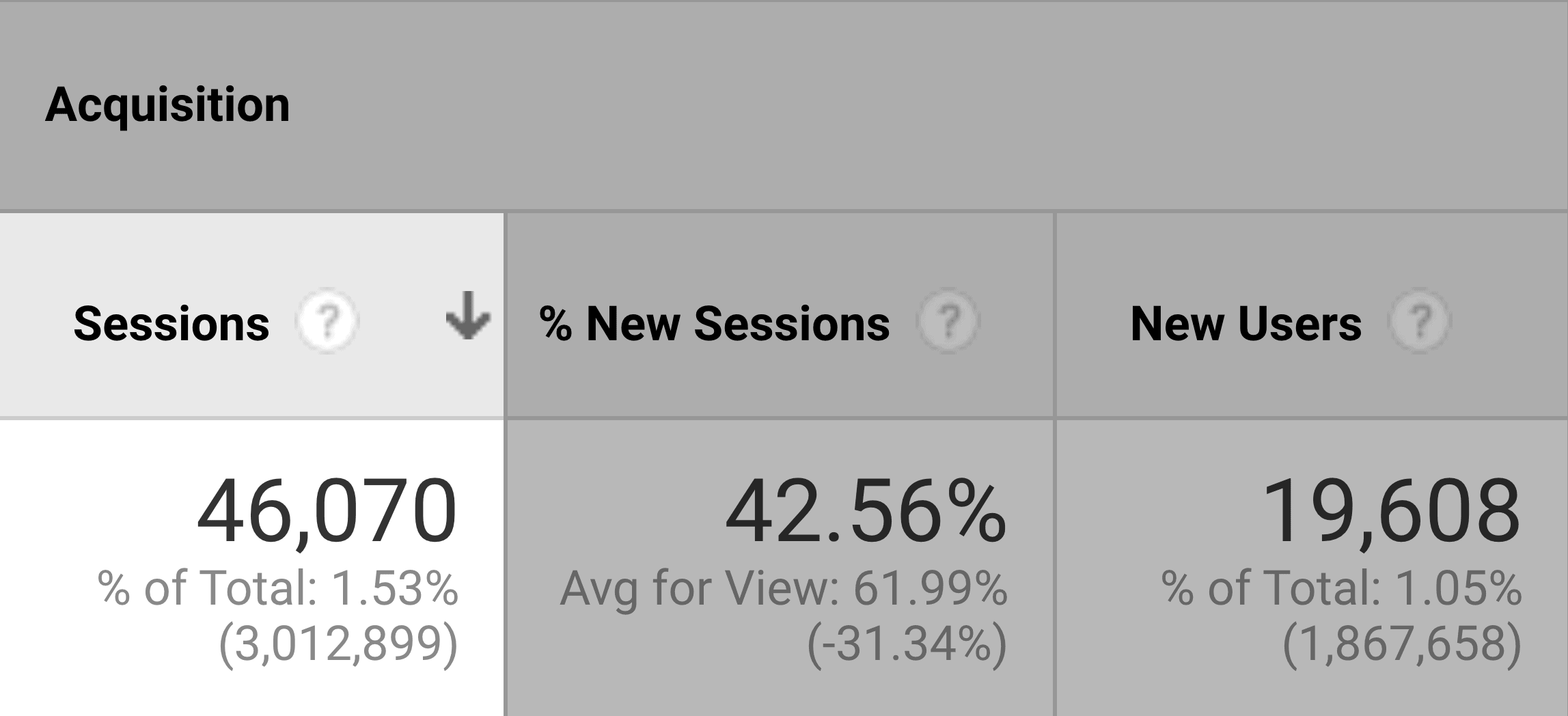
And it currently ranks on Google’s first page for its main keyword.
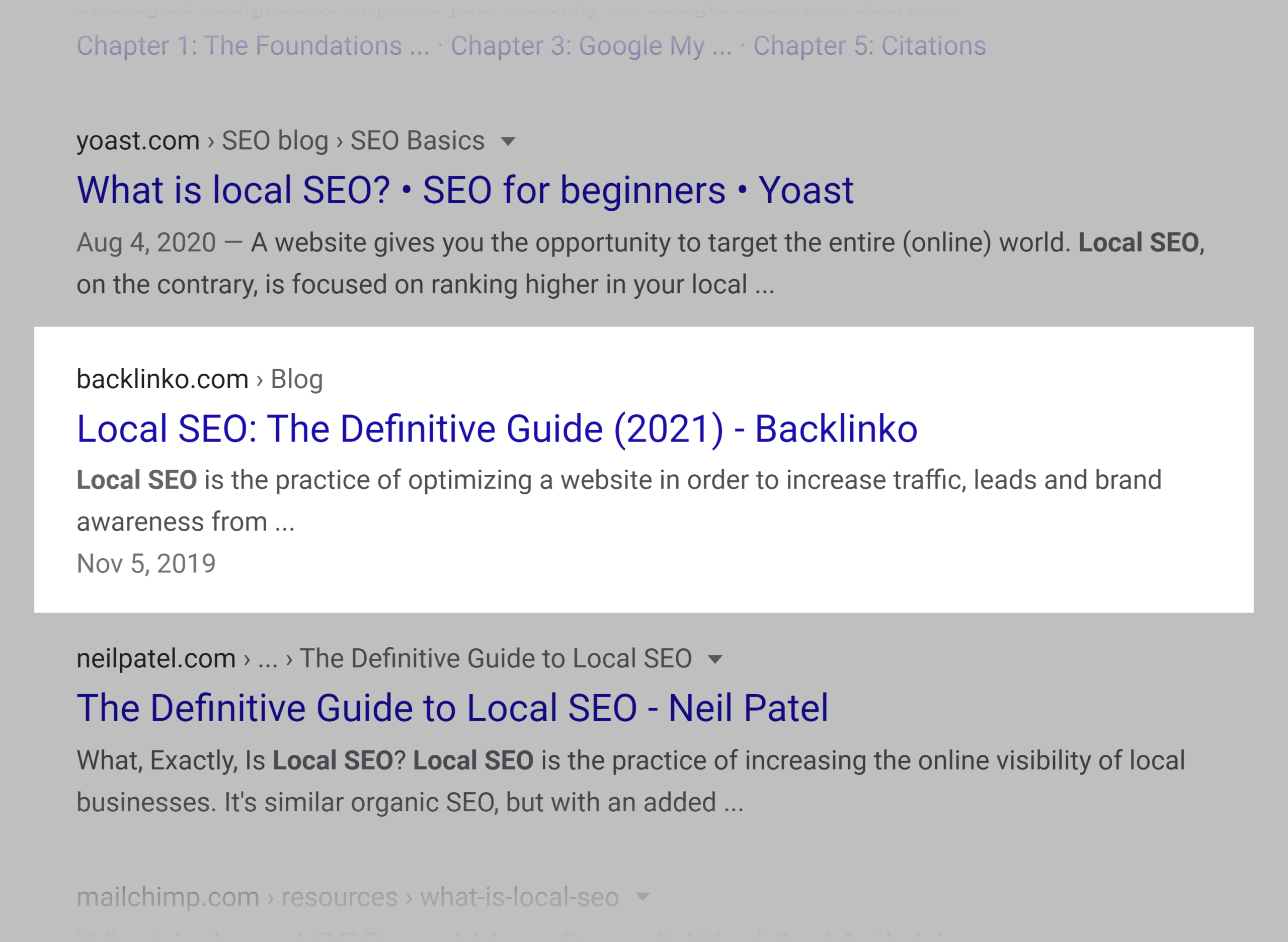
Why do ultimate guides work so well in B2B?
It’s simple: they put everything you need to know on a single page. Which is super valuable for searchers that want a single go-to resource.
3. “Business Casual” Writing Style
Most B2B content is SUPER boring.

I get it: this is B2B. So you want to be professional.
But that doesn’t mean your copy needs to be boring and stiff.
Instead, I recommend using a “Business Casual” writing style.
This approach is professional… but approachable.
For example, check out this snippet of content from one of my posts:
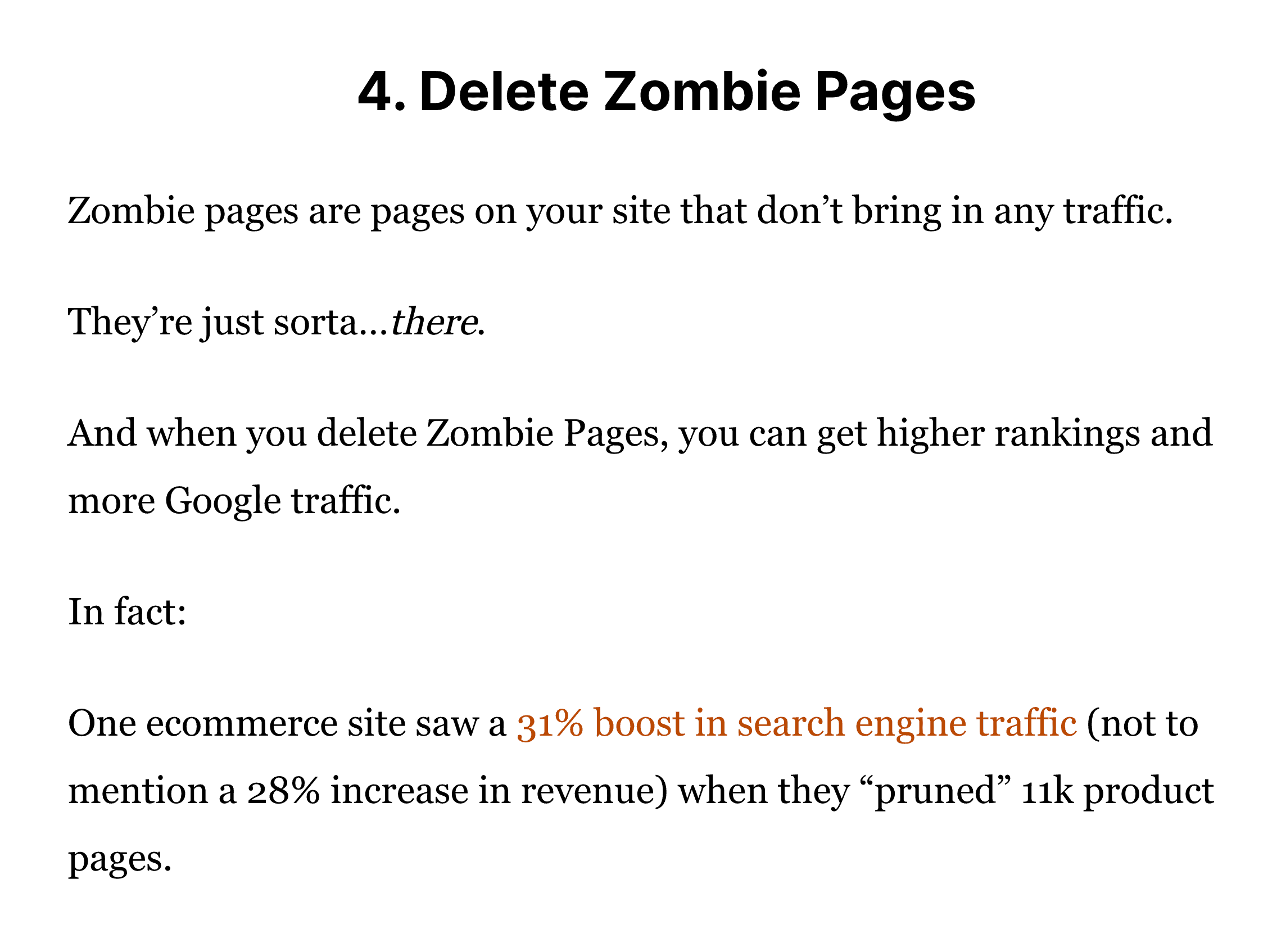
That’s not your typical B2B writing style. Which is a good thing. This is the kind of copy that people WANT to read.
Which leads us to our final step…
Step #6: Build Backlinks For Your B2B Website
If you want to succeed with B2B SEO, link building is a must.
The question is: how can your B2B business get quality backlinks?
(Especially if you’re in a “boring” industry.)
It’s simple: tap into this list of strategies that are designed specifically for B2B.
1. Digital PR
When most people think “PR”, they think “cover of the New York Times”.
But for most B2B companies, your goal shouldn’t be mainstream media.
Instead, your PR efforts should focus on industry blogs and news sites.
For example, we published this survey about SEO service providers in the US.

This is a topic that has zero broad appeal. It’s only interesting to people in the digital marketing space.
Sure enough, this piece got a bunch of features and mentions in SEO and marketing blogs that my target customer reads.
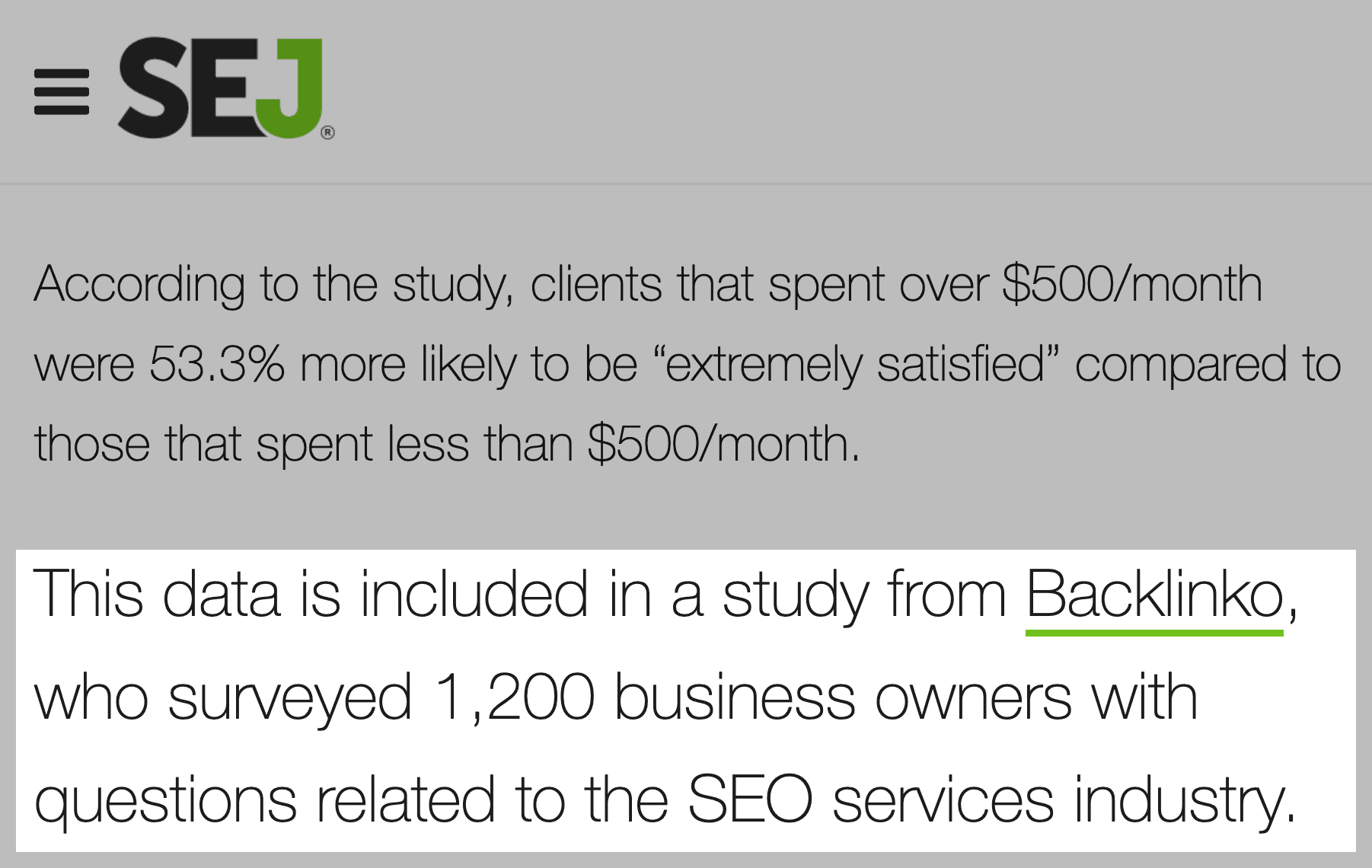
2. Helpful Tools and Calculators
People LOVE linking to helpful tools.
And these tools don’t need to be complicated to work.
As long as your tool is useful, you’re good to go.
Let’s look at a real-life example from the B2B world.
Freightos created a free Freight Rate Calculator.
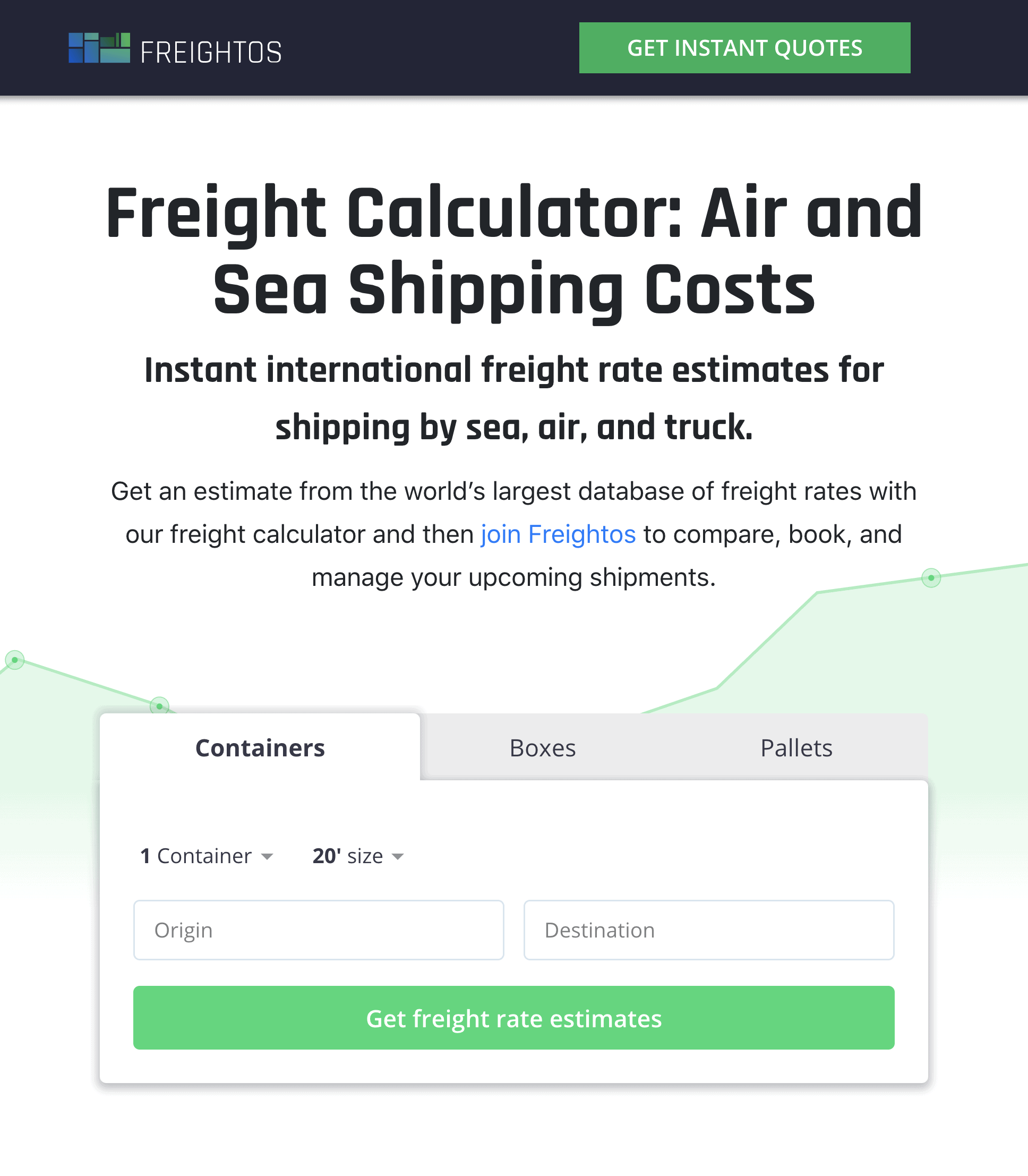
And despite being a relatively simple tool, it has over 200 backlinks.
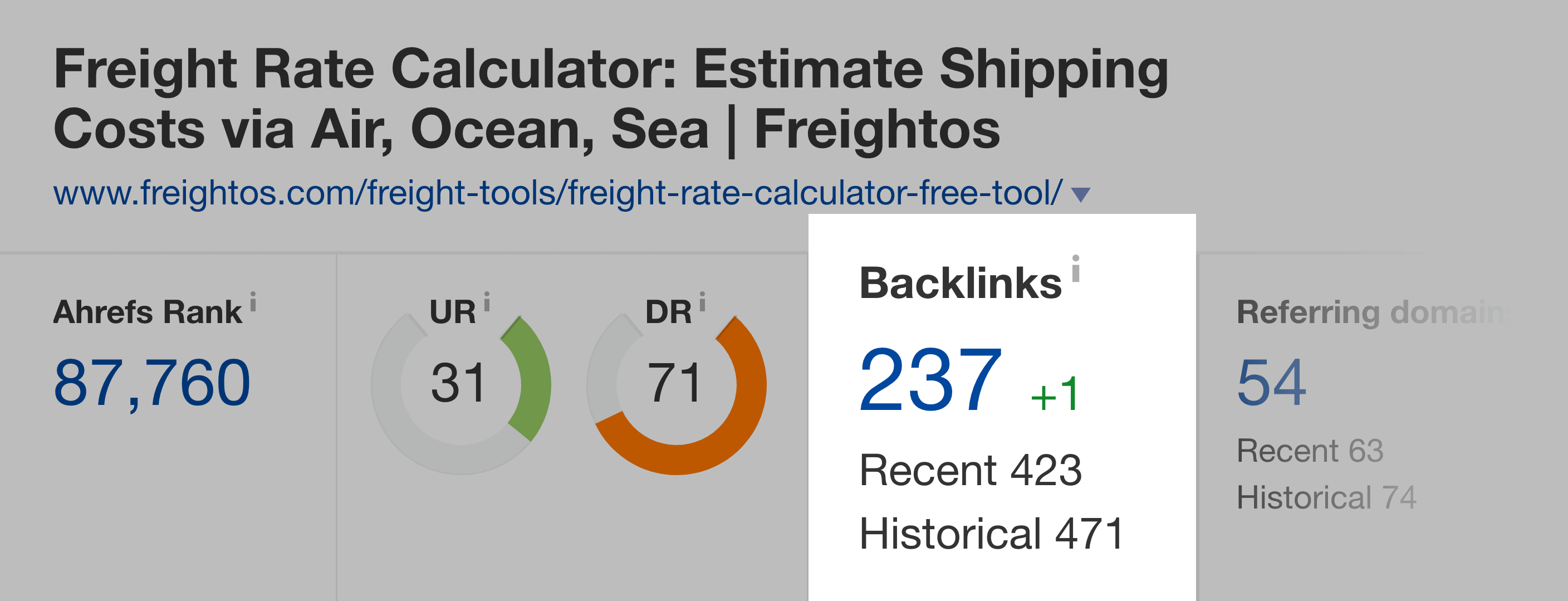
3. Partner Pages
Do you do business with suppliers, manufacturers or other strategic partners?
If so, you might be able to build a handful of links from their partner pages.
For example, here’s a partner page from a B2B company.
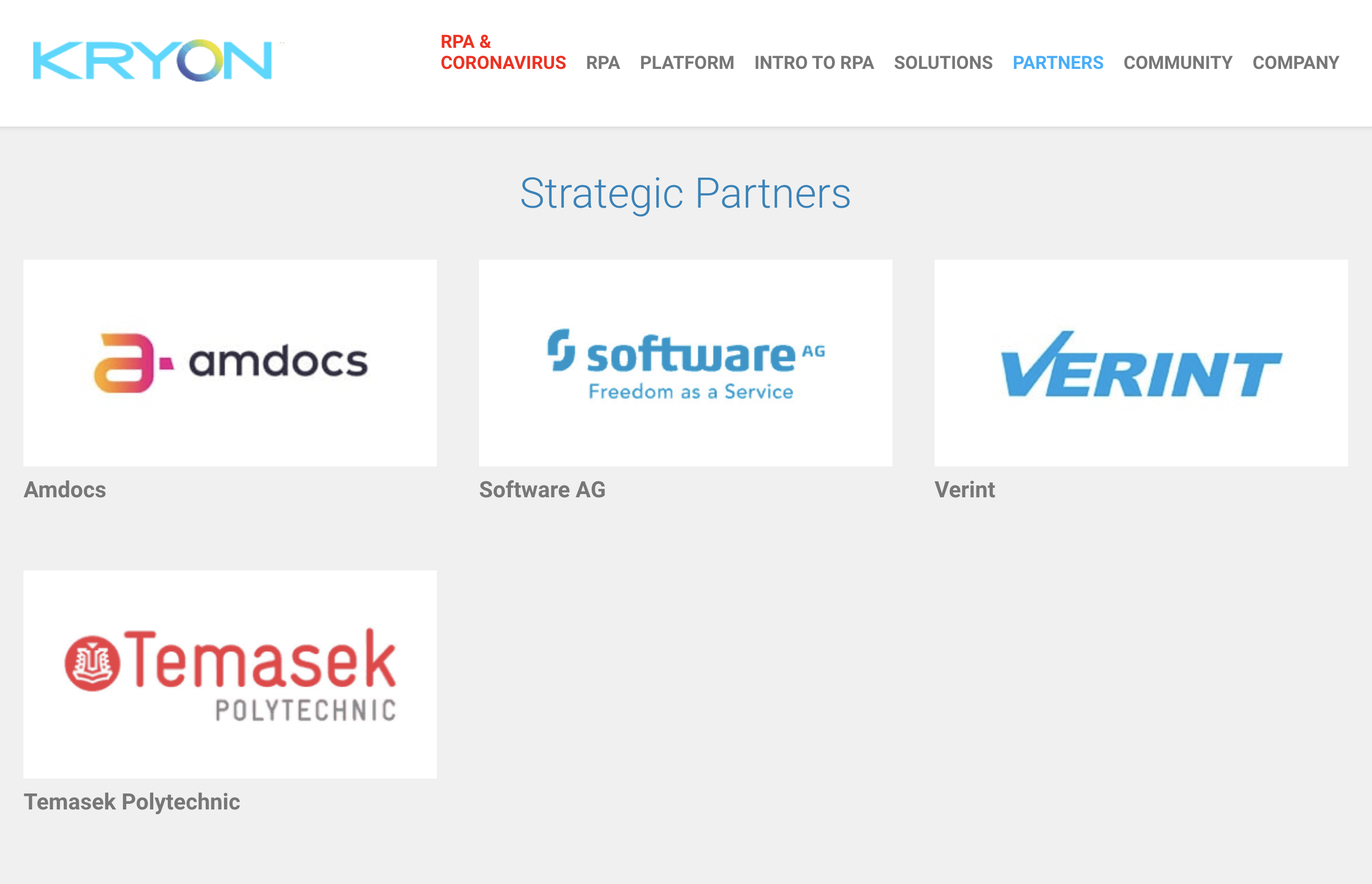
And all of those logos that you see link to their partner websites.
All you need to do is list out every company that you work within any capacity.
It could be a contractor. Delivery service. Whatever.
Then, reach out to them and ask if they have a page on their site that lists other companies that they do business with.
If so, kindly ask them to add you to that page.
Simple.
Wrapping Up
There you have it: a comprehensive guide to B2B SEO.
Now I’d like to turn things over to you:
Which step from today’s post do you want to try first?
Are you going to publish ultimate guides?
Or maybe you want to create a helpful tool.
Either way, I’d like to hear what you have to say.
So go ahead and leave a quick comment below right now.


